The Visitor Center and Museum for the National Historic Site is located at the Plains High School (closed in 1979). Both Jimmy Carter and his wife, Rosalyn, graduated from the school.
A replica of the Presidential Desk provided a great photo opportunity! Doesn't John look very presidential?!? You can see that I am much happier about the job than he.
The principal's office, a classroom, and the auditorium have been restored to their appearance when Jimmy Carter attended the school in 1938.
Miss Julie Coleman was a 7th grade English teacher who reportedly inspired Carter (and many other students). He referenced in her in various speeches when he was governor of GA and as President of the US.
A timeline with photos of the lives of the Carters line the hallways of the High School. Here is a brief summary:
Childhood/Education: Born in 1924 in Plains, GA, his family purchased a 350-acre farm and moved there in 1928. He entered the 1st grade at the High School in 1930 (grades 1-12 at the time) and graduated from it in 1941. He enrolled in Georgia Southwestern College in nearby America's; transferred to Georgia Institute of Technology in Atlanta in 1942, and was appointed to the US Naval Academy in Annapolis in 1943. He received his naval commission and married Rosalyn Smith (also from Plains) in 1946 and moved to Norfolk, VA.
Return to Plains: Carter's dad, Earl, died of cancer in 1953. Jimmy resigned from the Navy and moved the family back to Plains to run the family business.
After becoming involved in the local community, he ran for Governor of GA and lost (to Leste Maddox) in 1966. He ran again and won in 1971.
39th President of the US: Jimmy Carter was elected to the presidency, defeating Gerald Ford, in 1976. Some of the highlights of his presidency include: Re-established full diplomatic relations with China; negotiated peace accord between Egypt and Israel; established the Department of Education; signed the Alaska National Interest Lands Conservation Act; finally security the release of hostages held in Iran (after 444 days of captivity). He lost his re-election bid to Ronald Reagan.
Jimmy Carter was a strong supporter of preserving historic sites and natural resources. He designated 40 National Park Service units during his presidency.
After the presidency: The Jimmy Carter Library and Museum and Carter Center in 1986. Since 1987 the couple have lived in Plains while traveling the world representing the Carter Center that has resolved conflict, fostered democracy, tackling preventable diseases, and given hope to millions of people in 80 countries. They have volunteered each year since to work for Habitat for Humanity and continue to do so. And at 92, Jimmy Carter still teaches Sunday School (when in town) at his local church, Maranatha Baptist Church (public welcome).
Also on display is Carter's Nobel Peace Prize awarded to him in 2002. Several oil paintings by Carter (of scenes and buildings in Plains) are displayed as well.
In addition to the Visitor Center/Museum, the National Historic Site includes the Carter Boyhood Farm, the Plains Train Depot, and the Carter Compound (this is their current private residence [protected by the Secret Service] but is not open to the public.
Our next stop was the farm where Carter grew up (age 4 to 18). This is view of the rear of the house.
When the Carters moved in the home was heated by fireplaces and wood stoves; there was no running water; and no electricity (until 1938). The home is restored to the appearance in 1937. A grove of pecans were planted by Earl (Jimmy's dad) and the harvested nuts were sold in nearby Americus each year.
Water pumps were on the back porch for easy access from the kitchen. There was a breakfast room as well as a formal dining room (used on Sundays, holidays, and when there was company).
Below is Jimmy's bedroom, a phone in the hallway, and his parents bedroom. Their youngest son stayed with them in this room until Jimmy left for college. Also shown, is the bedroom shared by his sisters, Gloria and Ruth. The living room is where the family gathered after dinner each night.
This is a view of the front of the house. It had a lovely front porch and a clay tennis court next to it. Jimmy learned to play from his dad, who loved the game.
The Carters had a commissary store where they sold items from the farm and other merchandise they ordered for themselves and extra to sell. Many customers purchased goods on credit. Behind the building is a windmill (a replica) that Earl Carter purchased from a mail-order catalog in 1935. The total cost (including the steel tower, tank, well pump, and parts) of the original was $500. This provided running water for the kitchen and the toilet and made a huge difference working the farm.
Exploring additional buildings on the farm, we came to the milking barn (8-12 cows milked each morning), the harness shed, the blacksmith shop (Earl did the large jobs and Jimmy and other farmhands shod the horses, sharpened the plow blades, etc.); and the main barn.
This rural tenant house has been restored by the National Park Service and is where the supervisor, Jack Clark and his wife, Rachel, lived on the Carter farm. He was paid a monthly salary and young Jimmy worked along side him in the barn and doing other chores. He was very close to the family and stayed with them when his parents were away. They had a strong influence on his work ethic and religious beliefs.
Newspaper was put on the walls to provide a layer of insulation. Cotton was 40% of the crops on most farms in the area at the time, so there were many other workers on the farm that were paid by the profits from the fields.
The large garden was planted by Jack Clark and he rang the bell at 4 am each morning to wake all of the workers on the farm and at noon each day. Also shown are farm implements used in the 1930s.
Goats, horses, and chickens still live on the farm, although hogs were a prime source of food and income for the Carter family.
On our way to the Train Depot, we made a quick stop at an observation area at the 12-acre Carter Compound. A wooded area, gardens, stocked pond, and their private residence is located. The entire area is fenced and protected by the US Secret Service.
Our final stop in Plains was the Train Depot, the unassuming headquarters for Carter's 1976 bid for president.
The small business district of Plains, near the Train Depot, still proudly supports their native son.
We both learned so much about Jimmy Carter at his visitor center/museum, boyhood farm, and campaign headquarters. He is a man from humble beginnings who has demonstrated great leadership and made significant humanitarian contributions to the world (and continues to do so through the Carter Center). A rare breed among politicians, he is a man of his word and I greatly admire him. Rosalyn, his wife, has been by his side throughout and has made her mark as well on the community, the country, and the world. For additional information about this National Historic Site, visit www.nps.gov/jica.
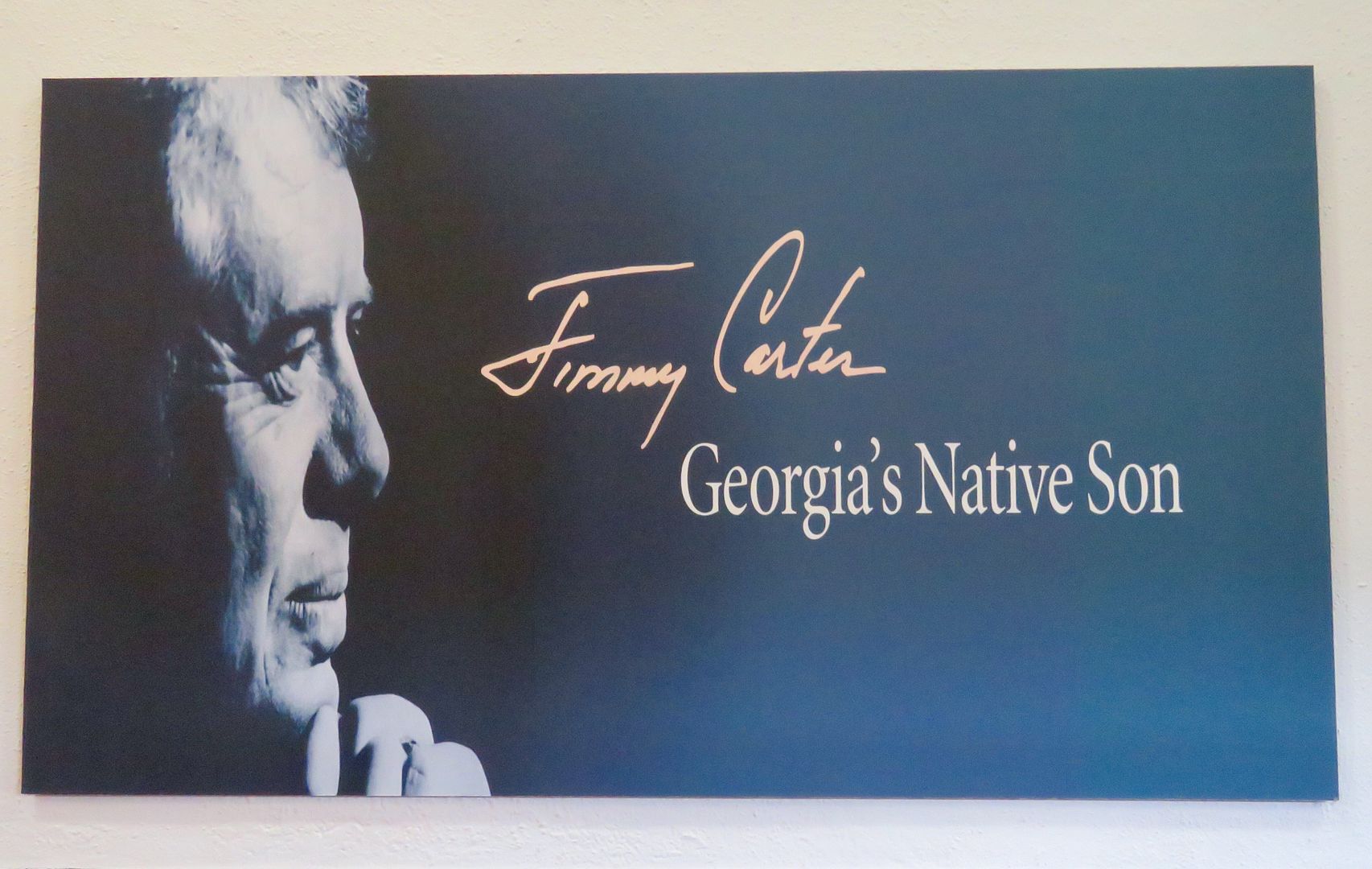
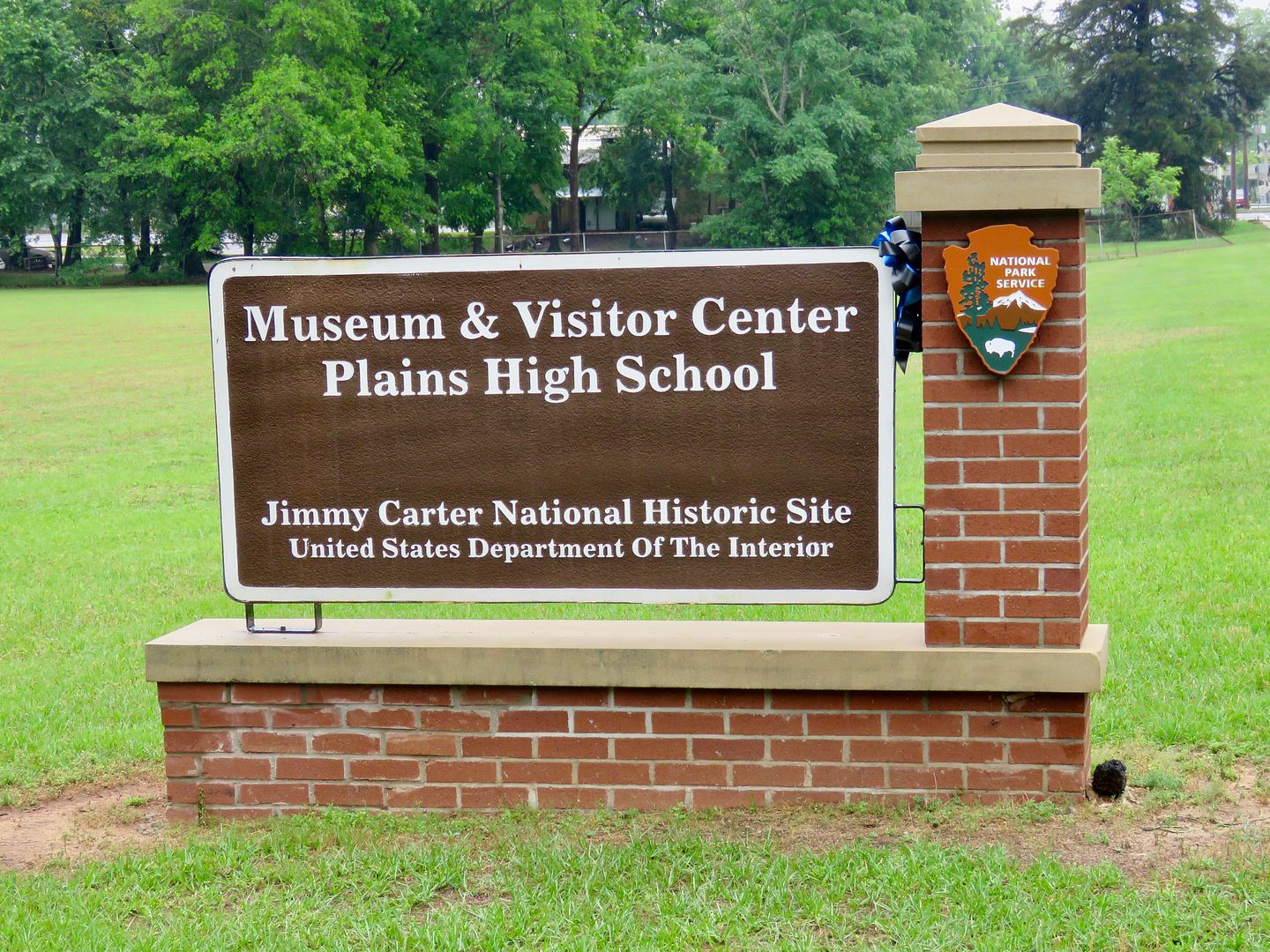

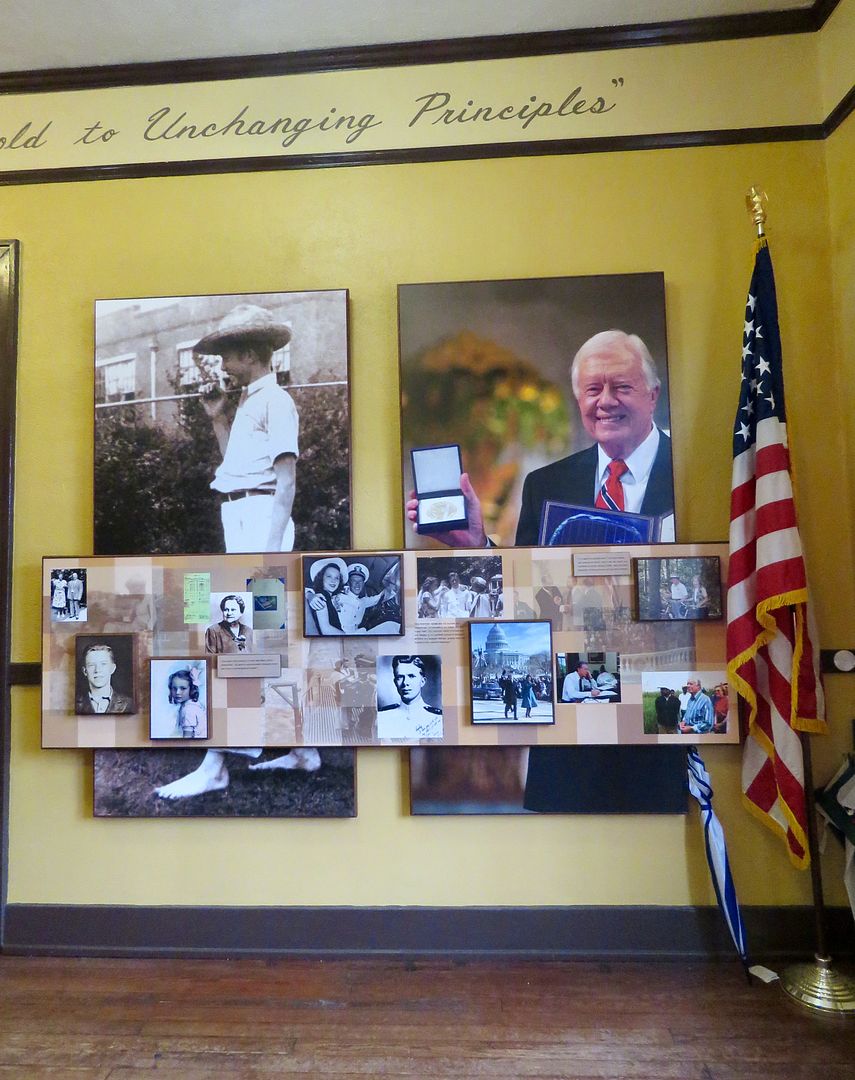
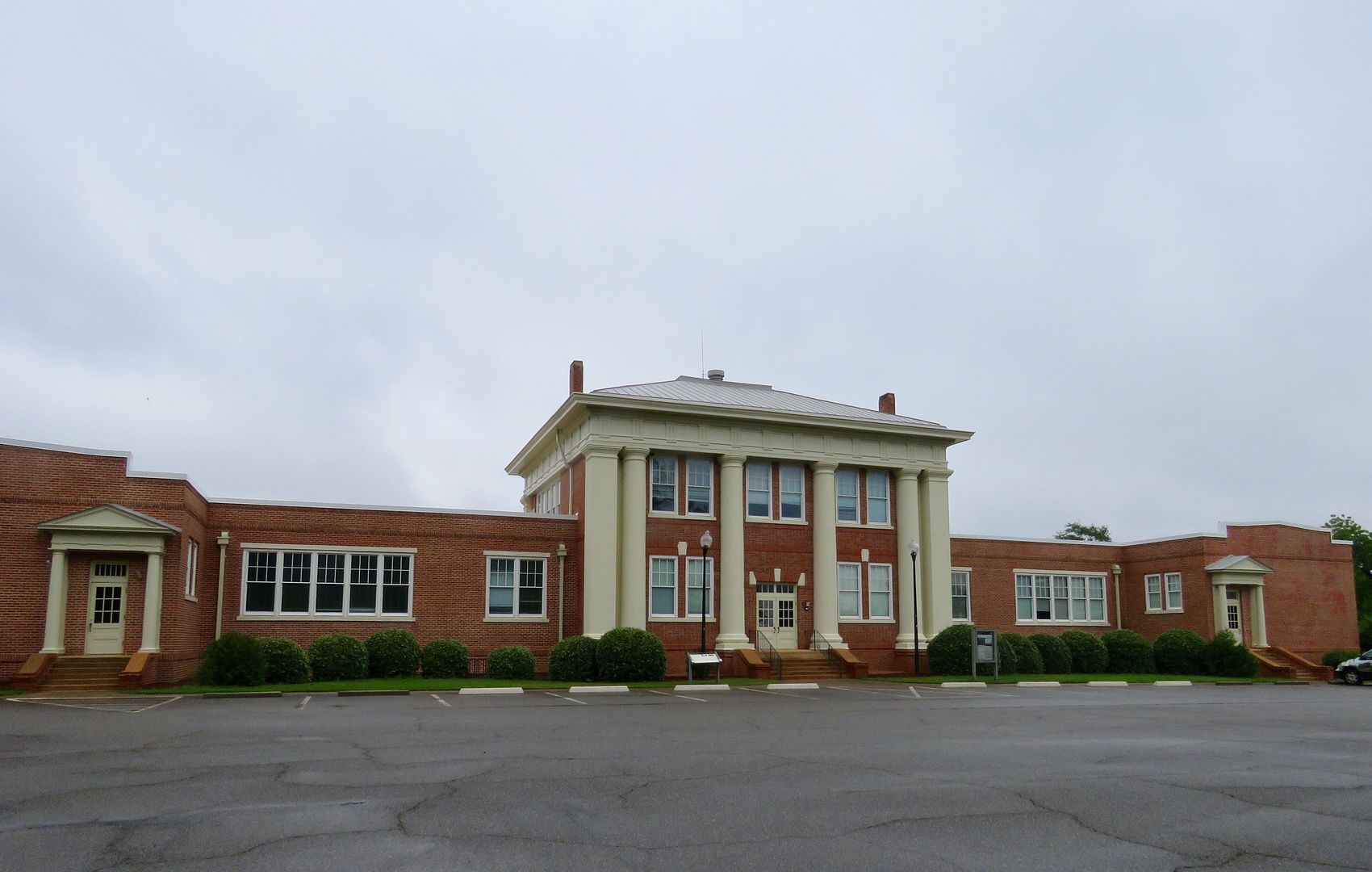
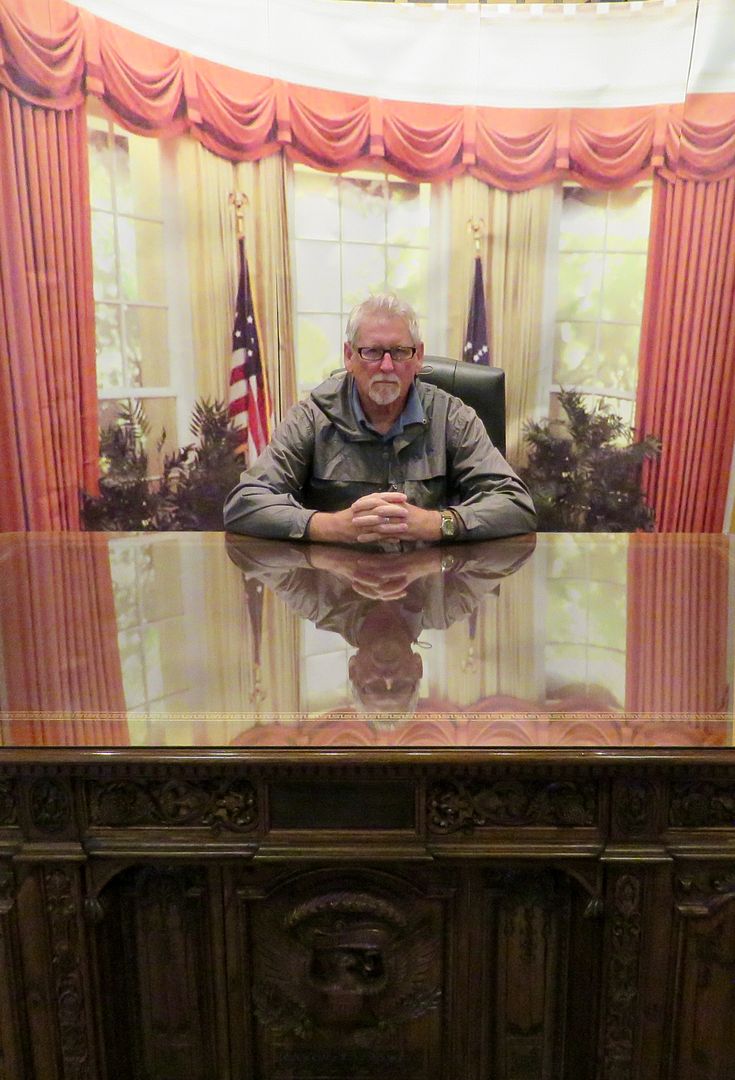
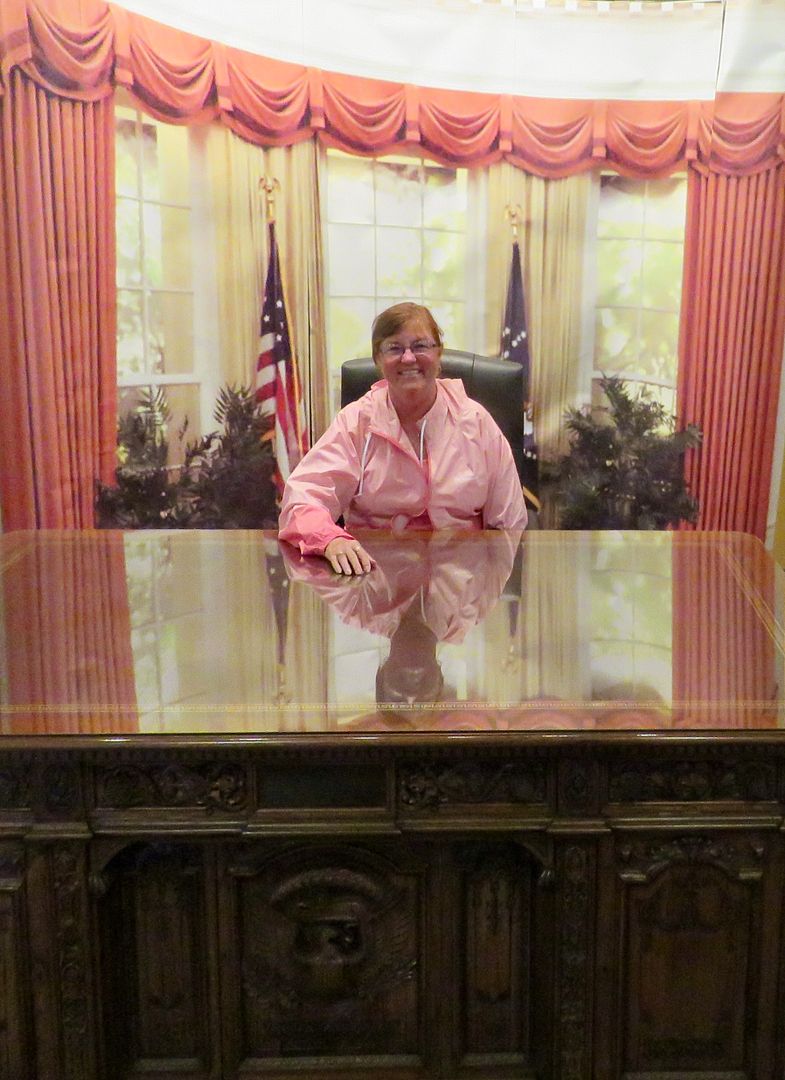
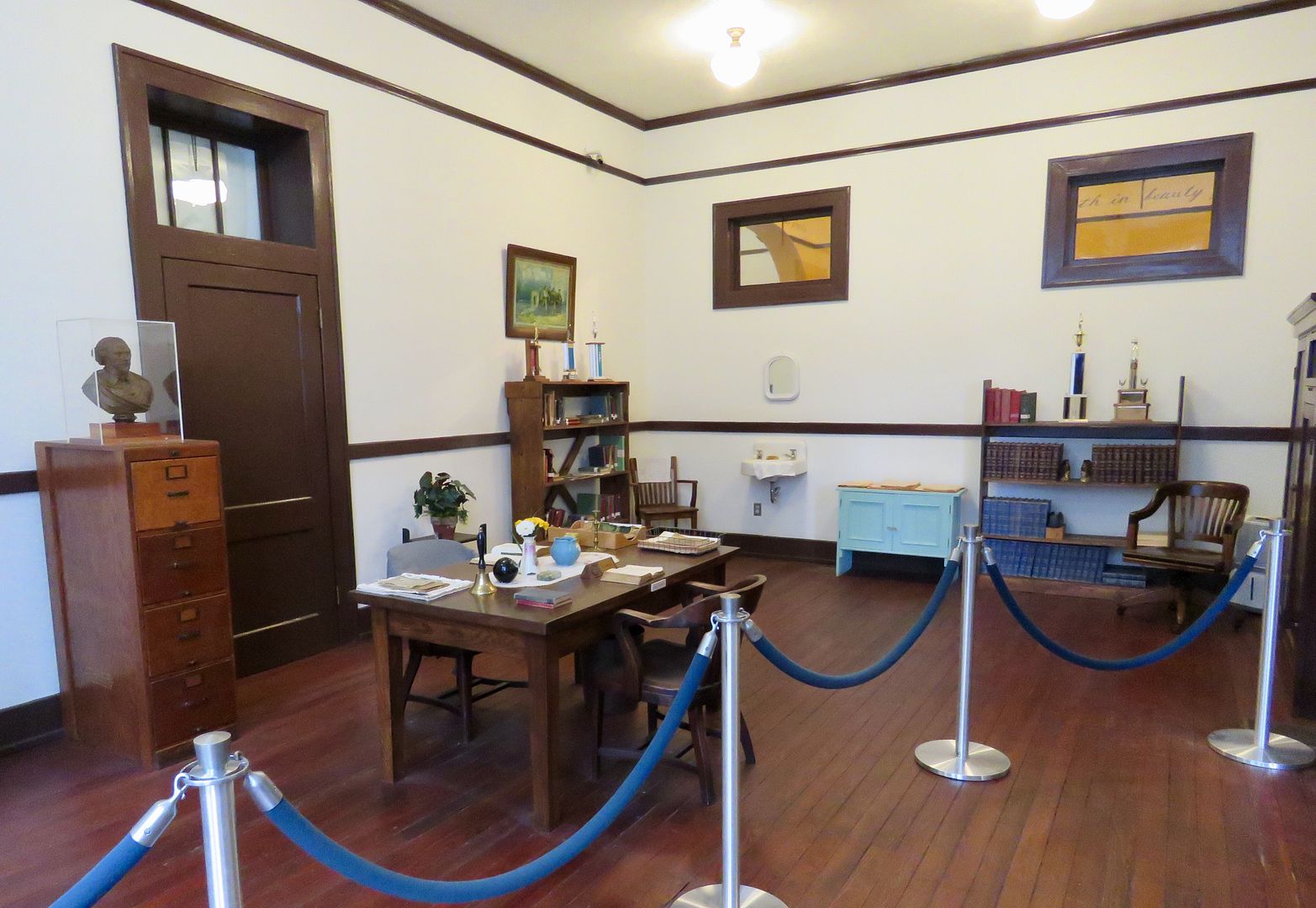
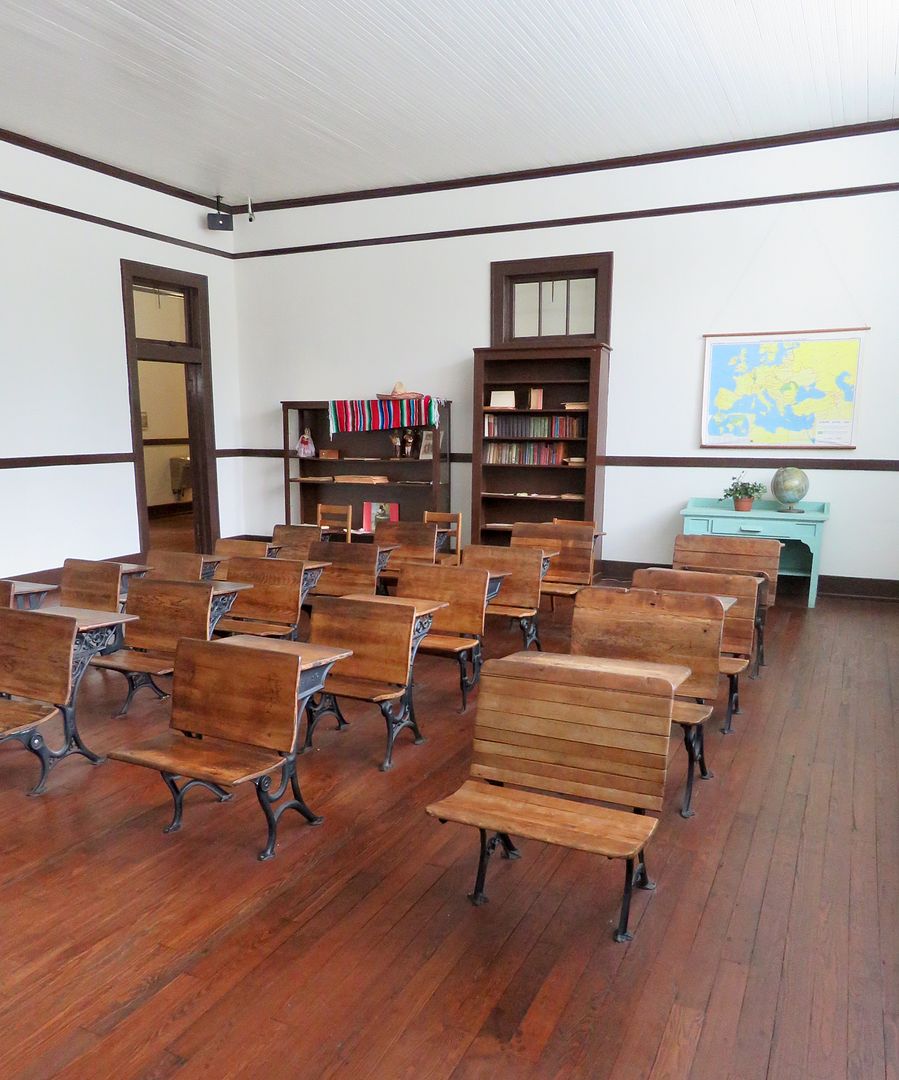

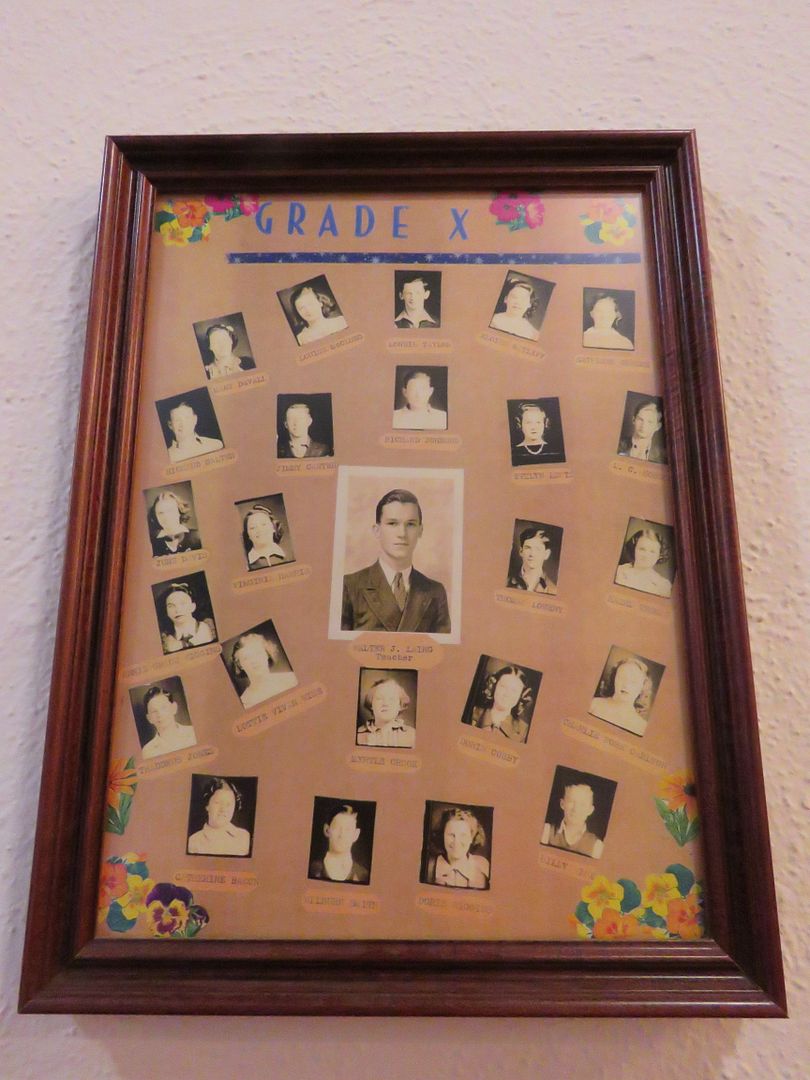
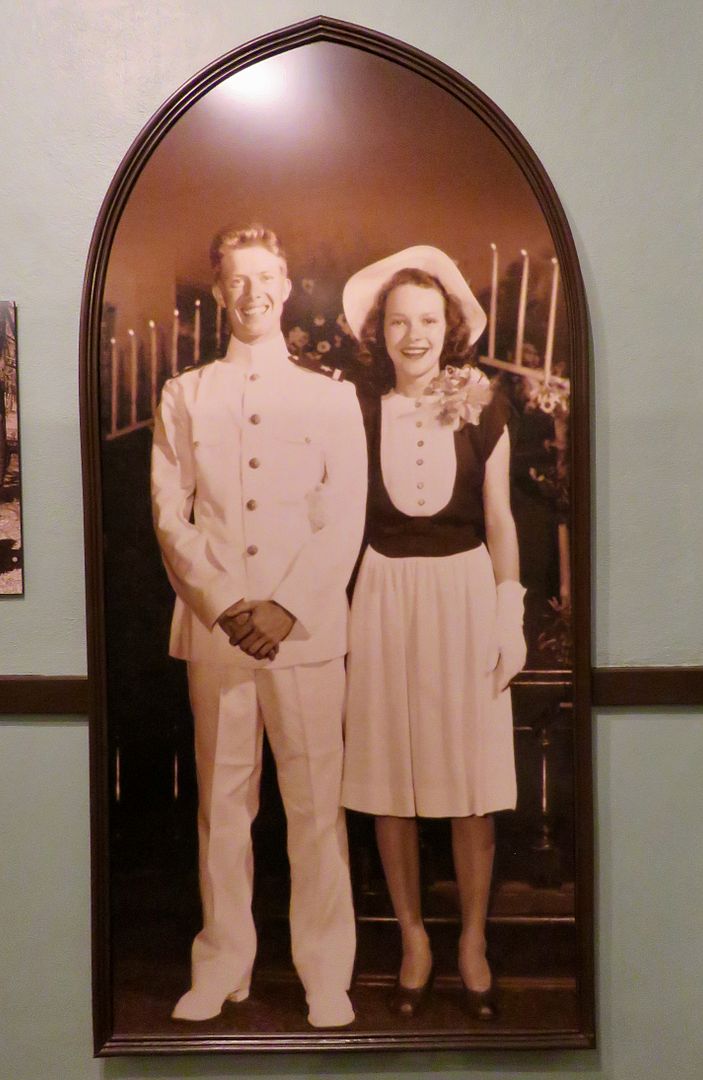

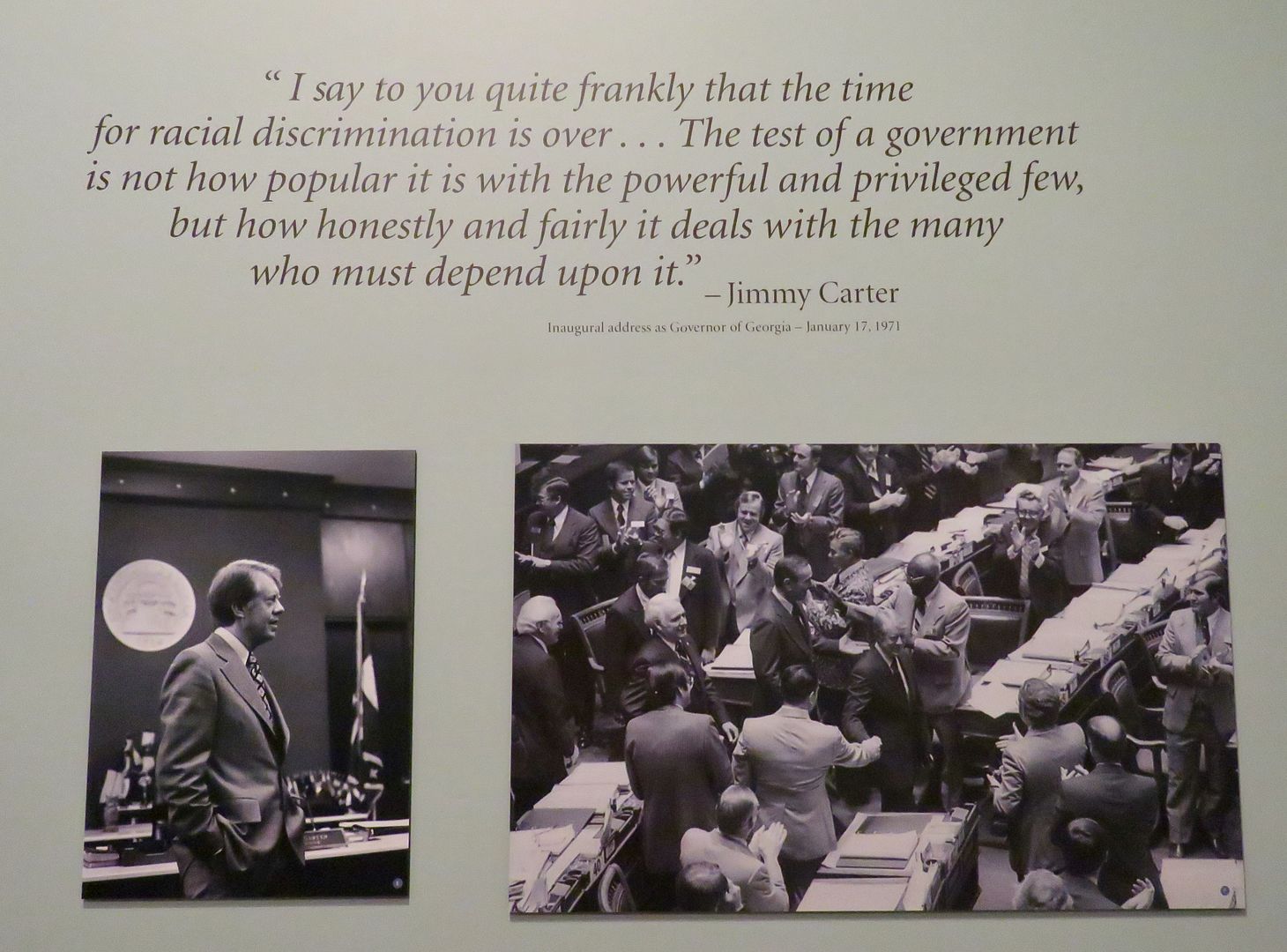
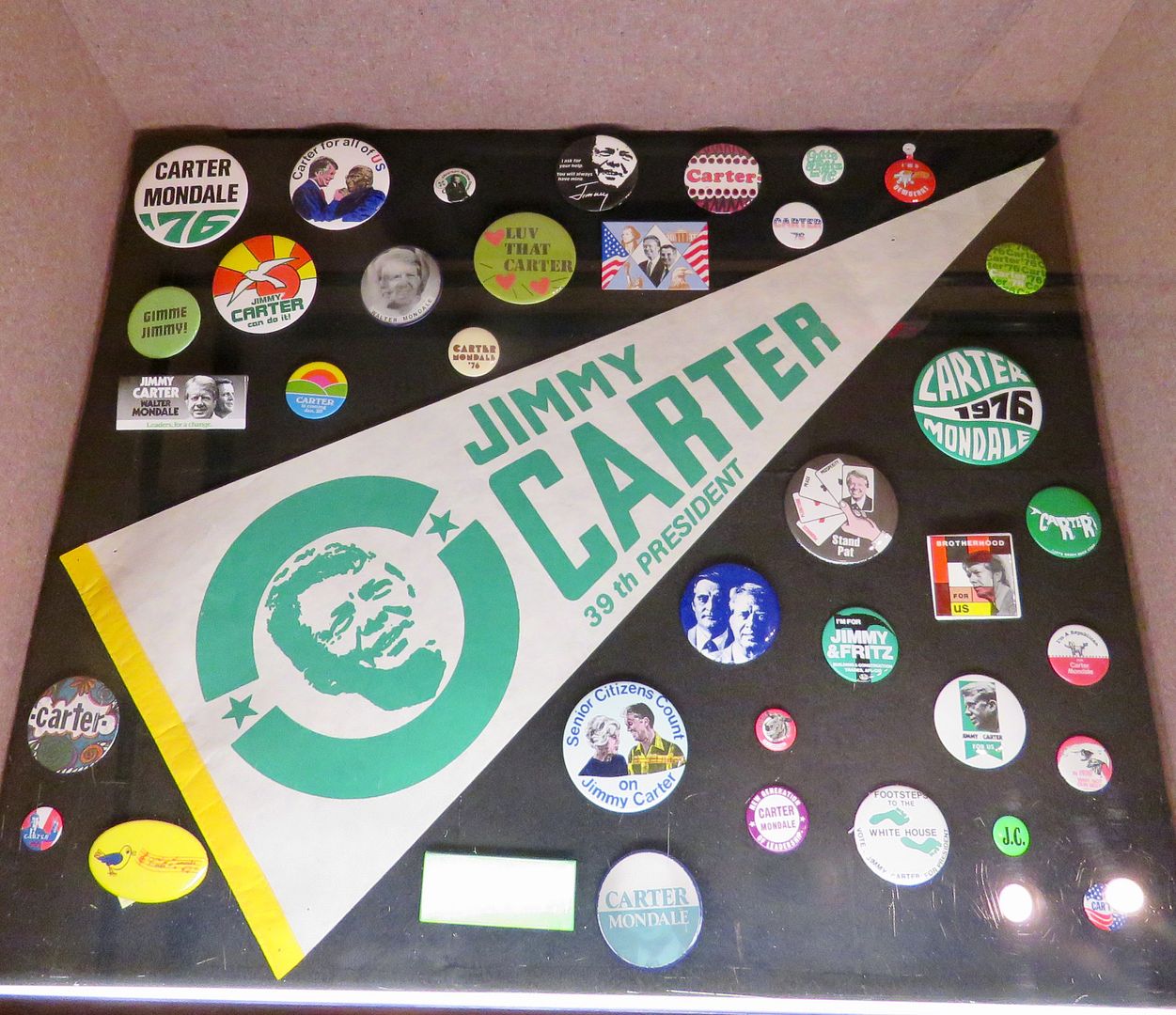
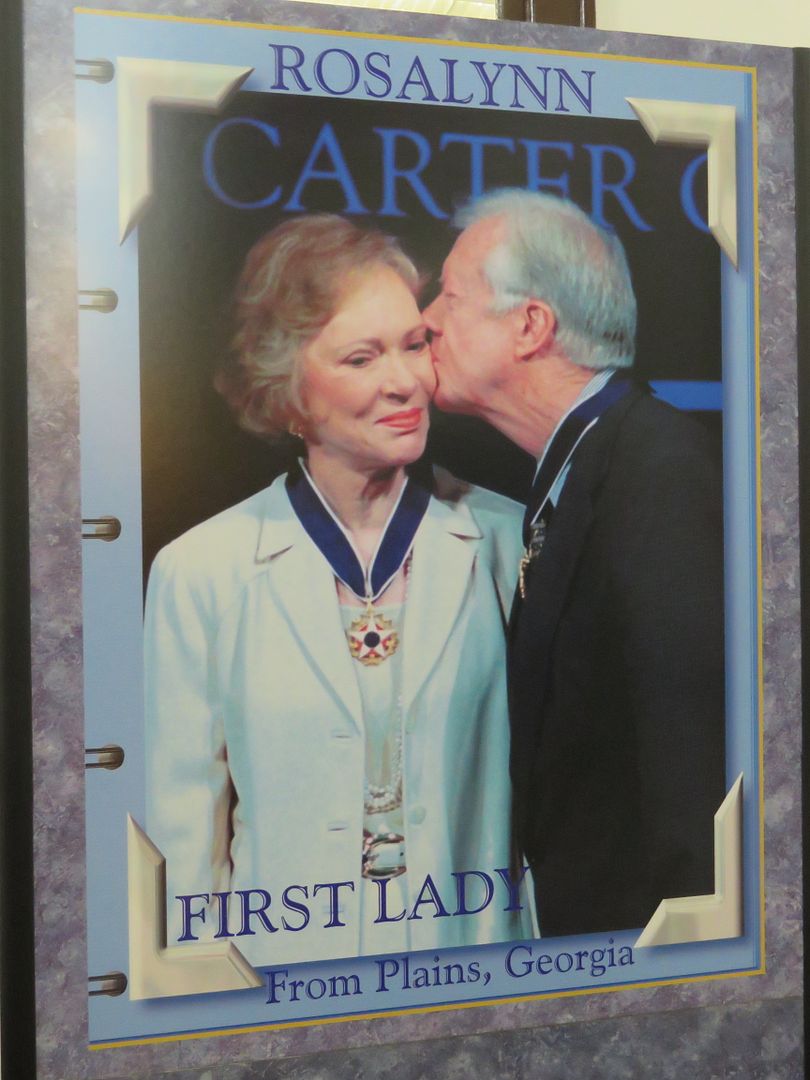

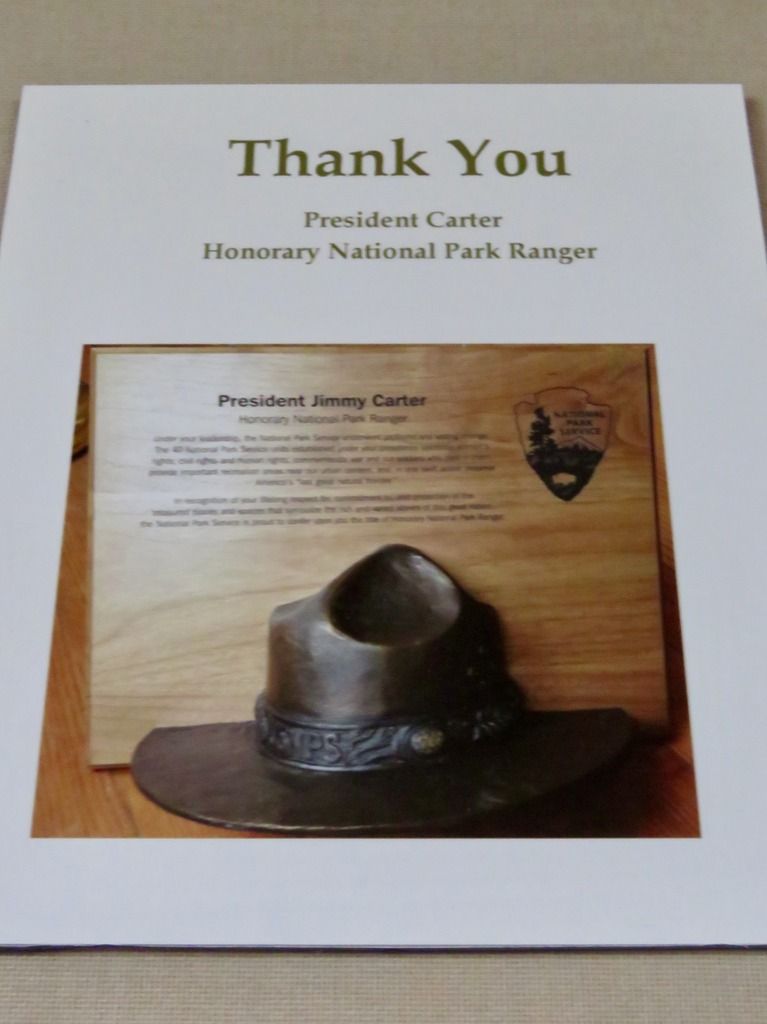
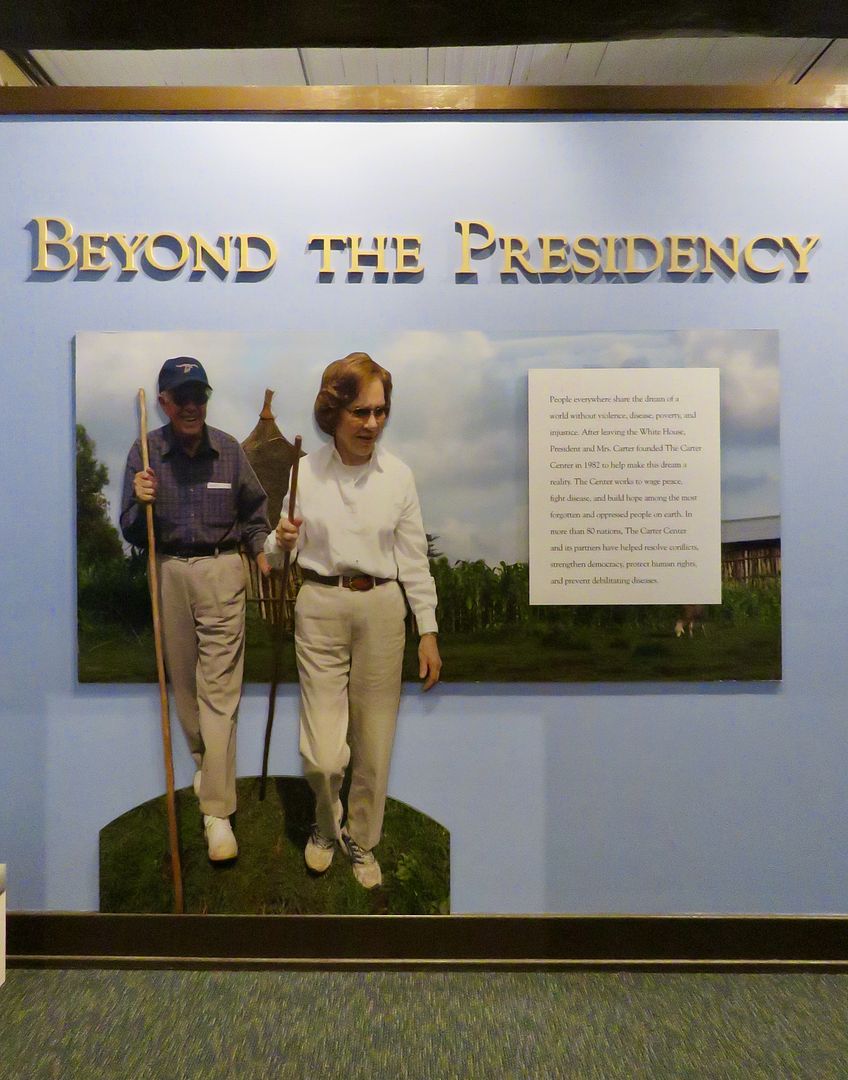
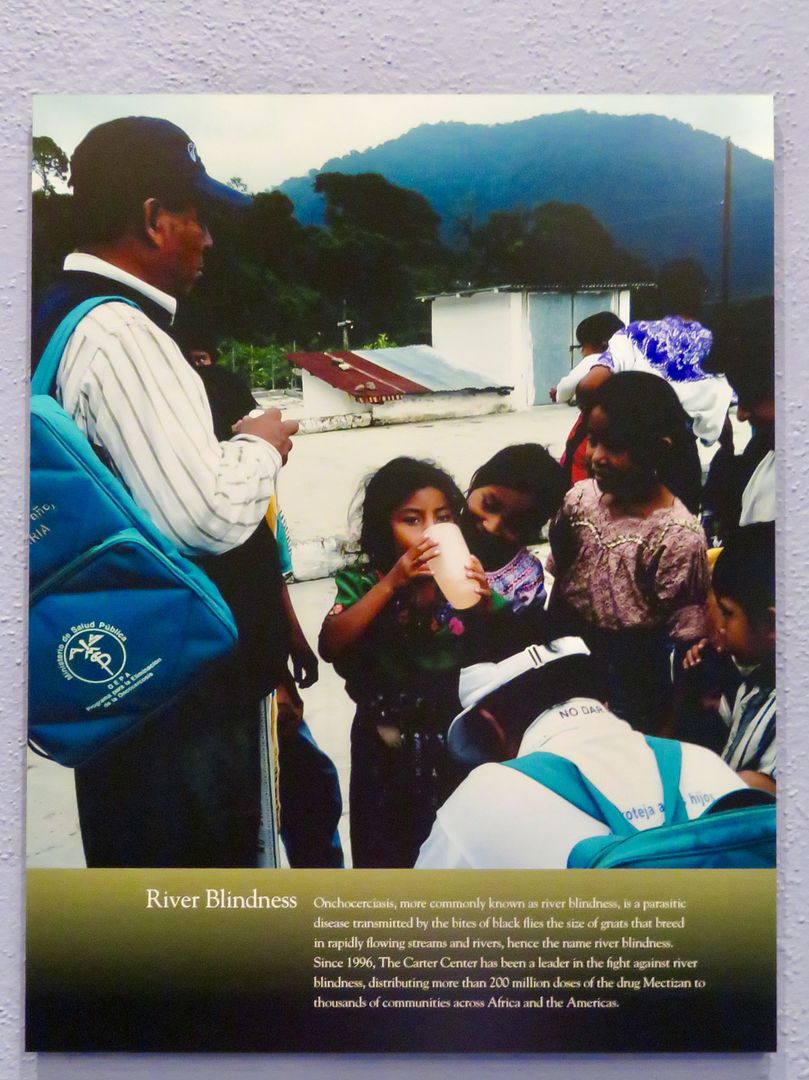

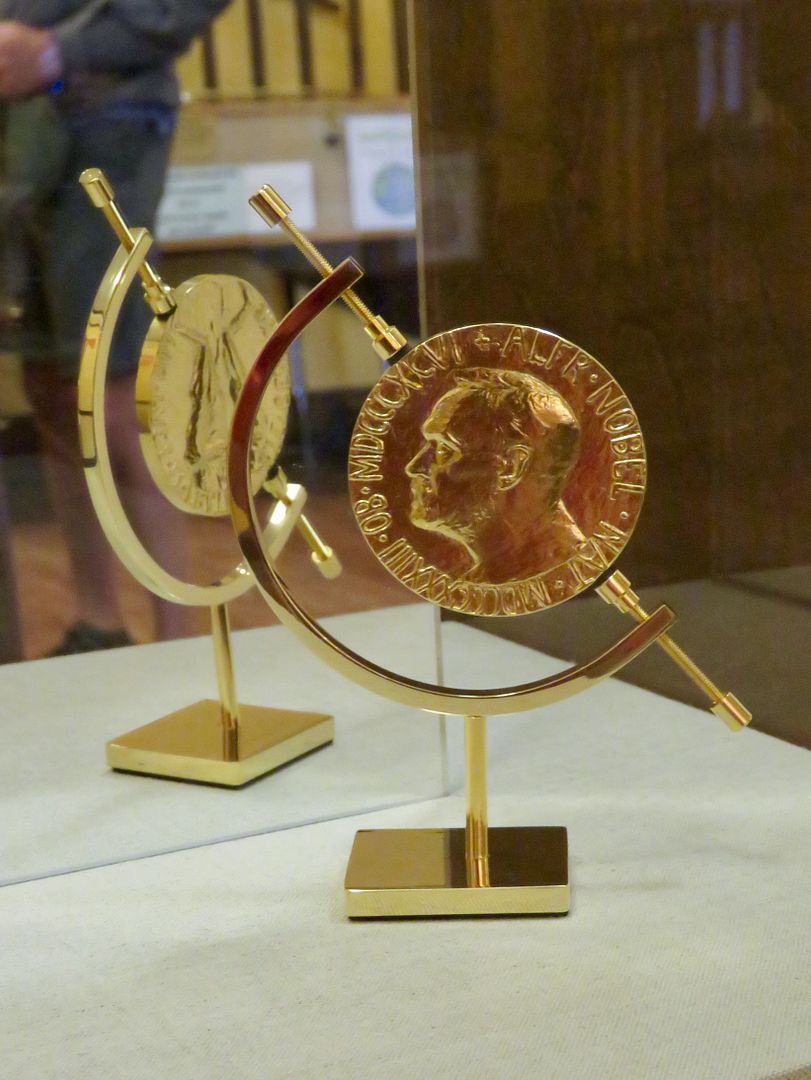

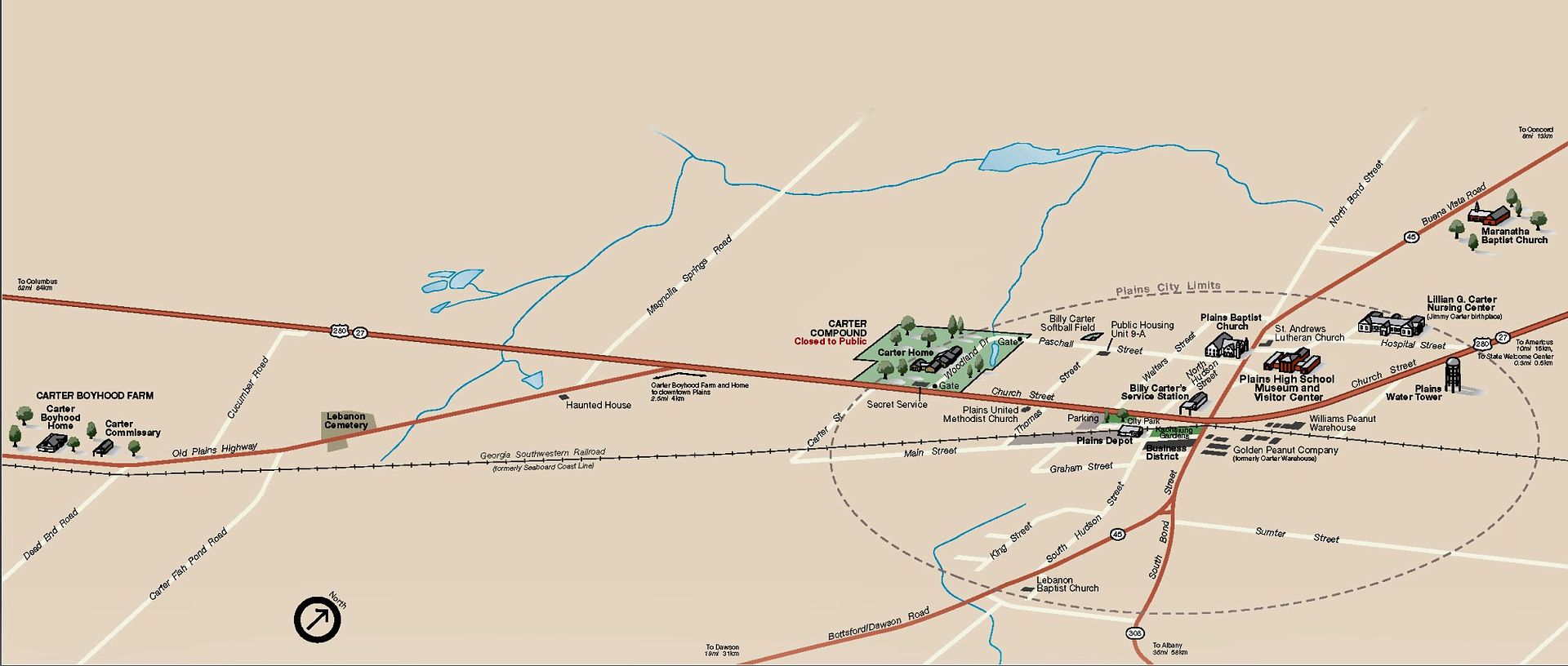
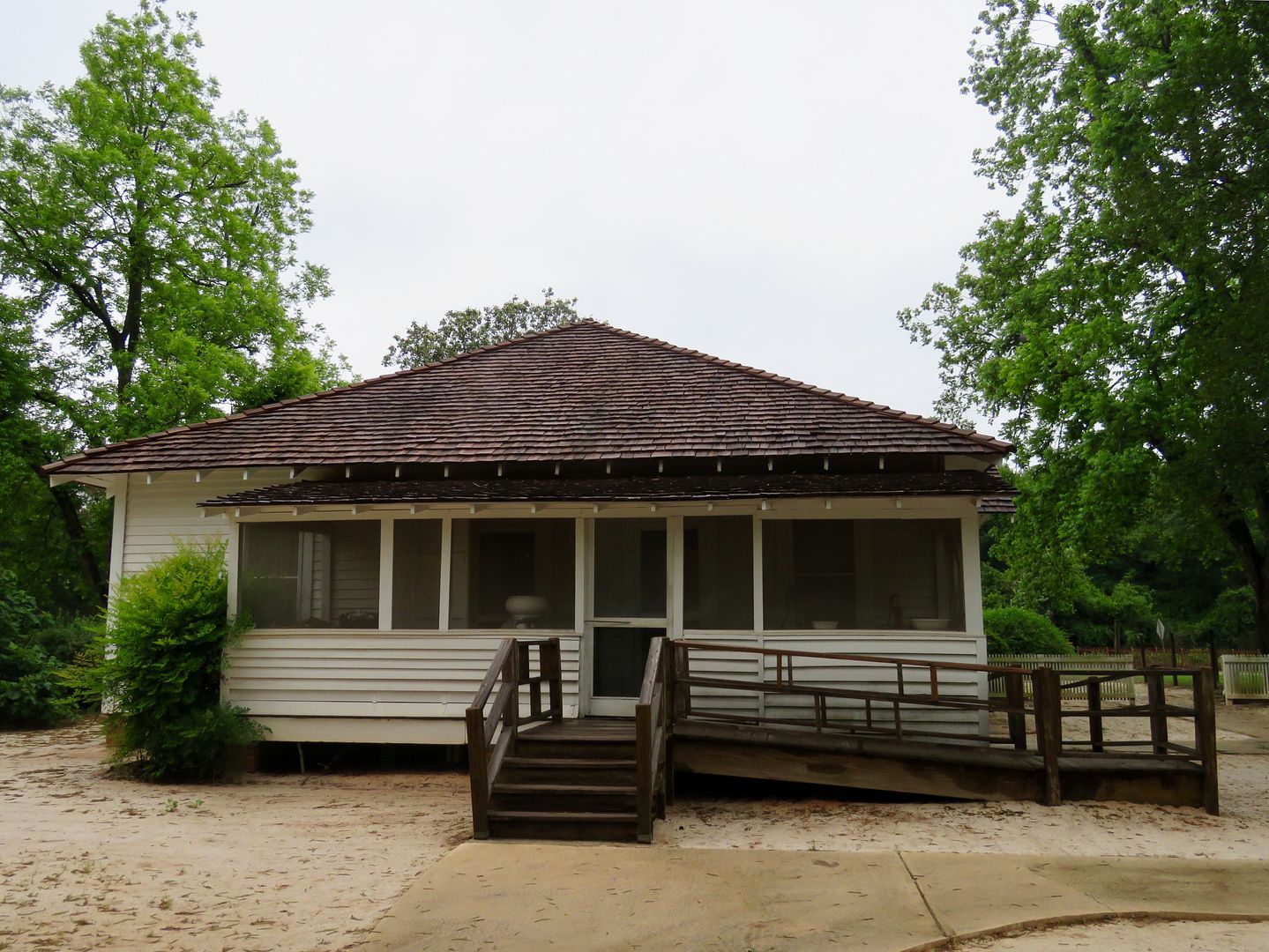

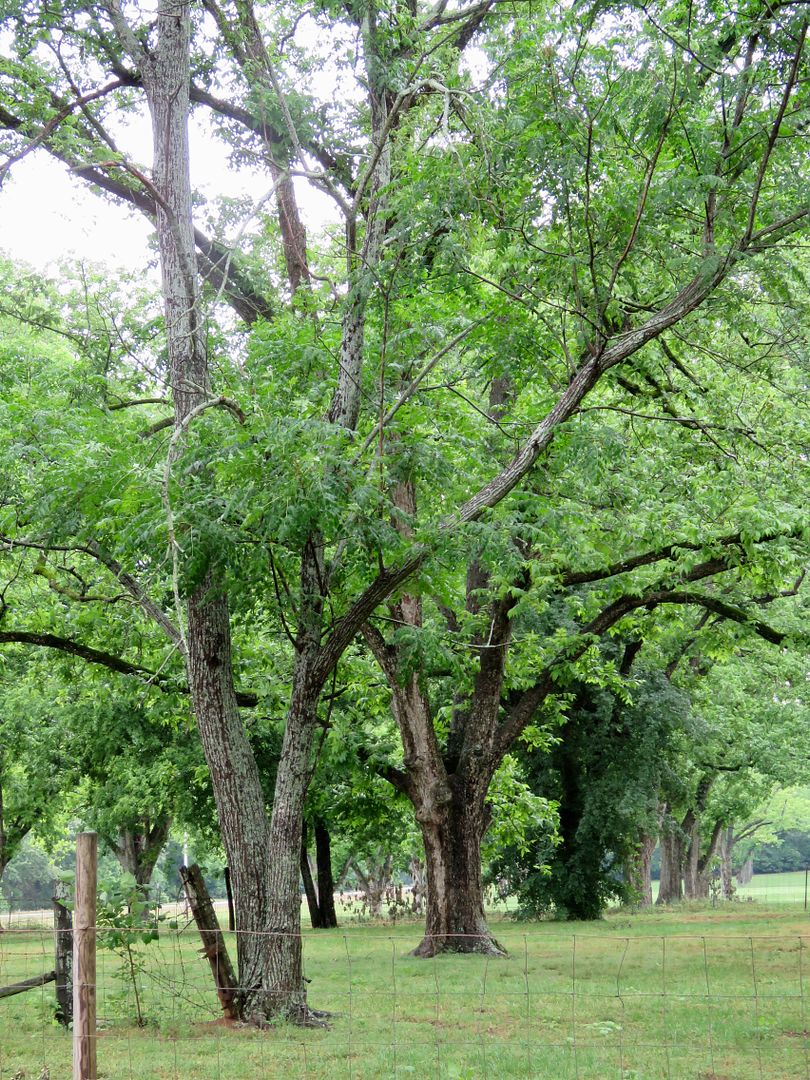
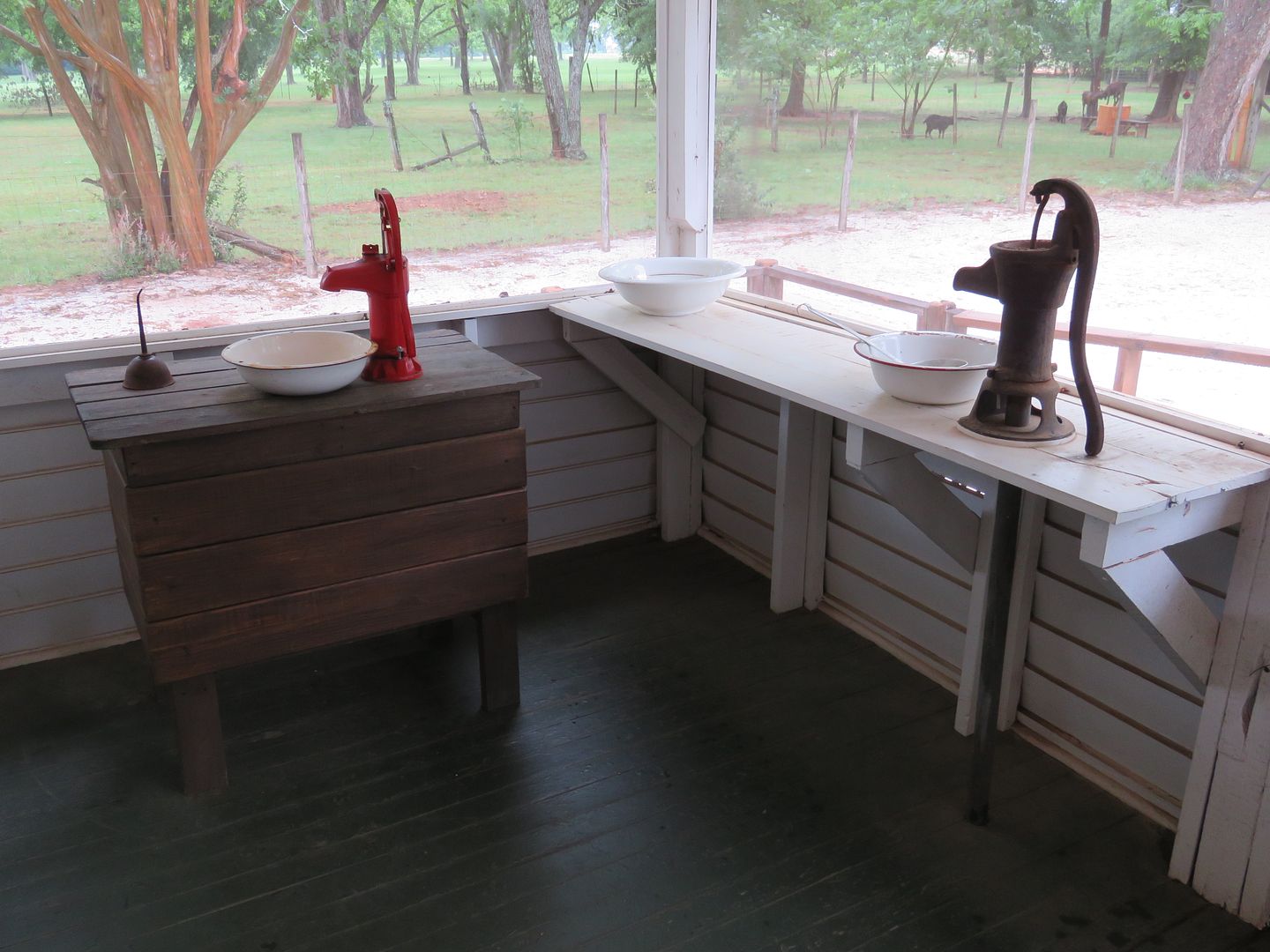


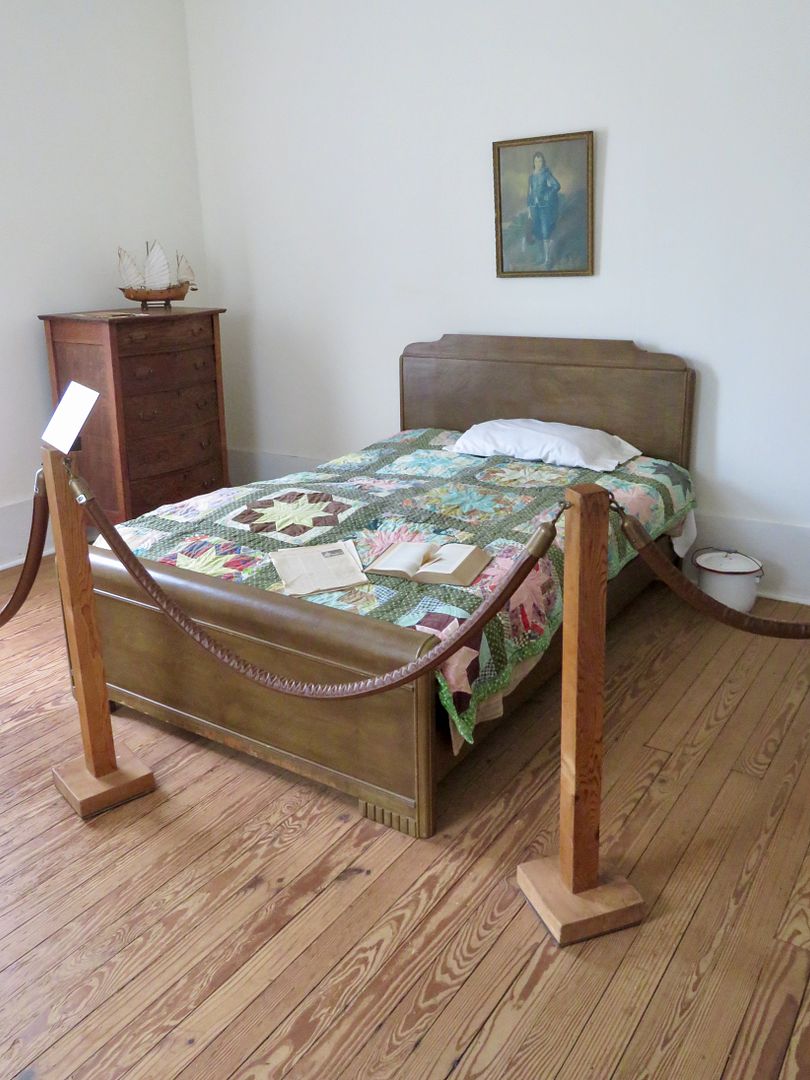
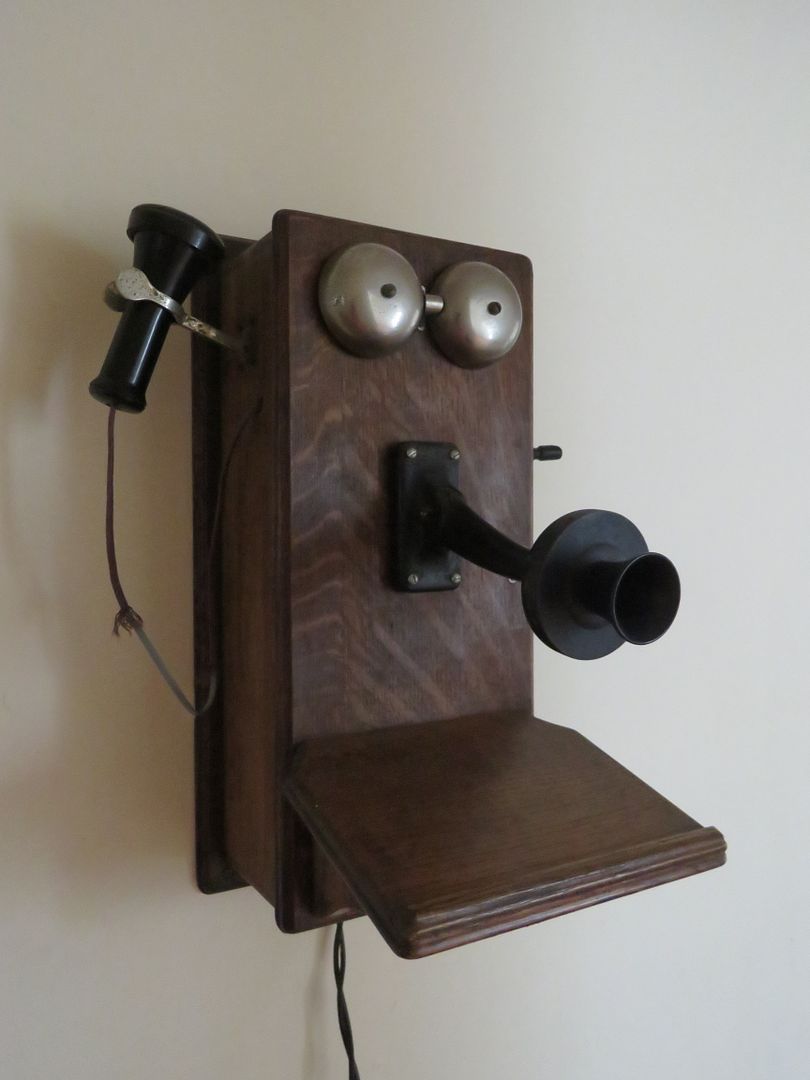
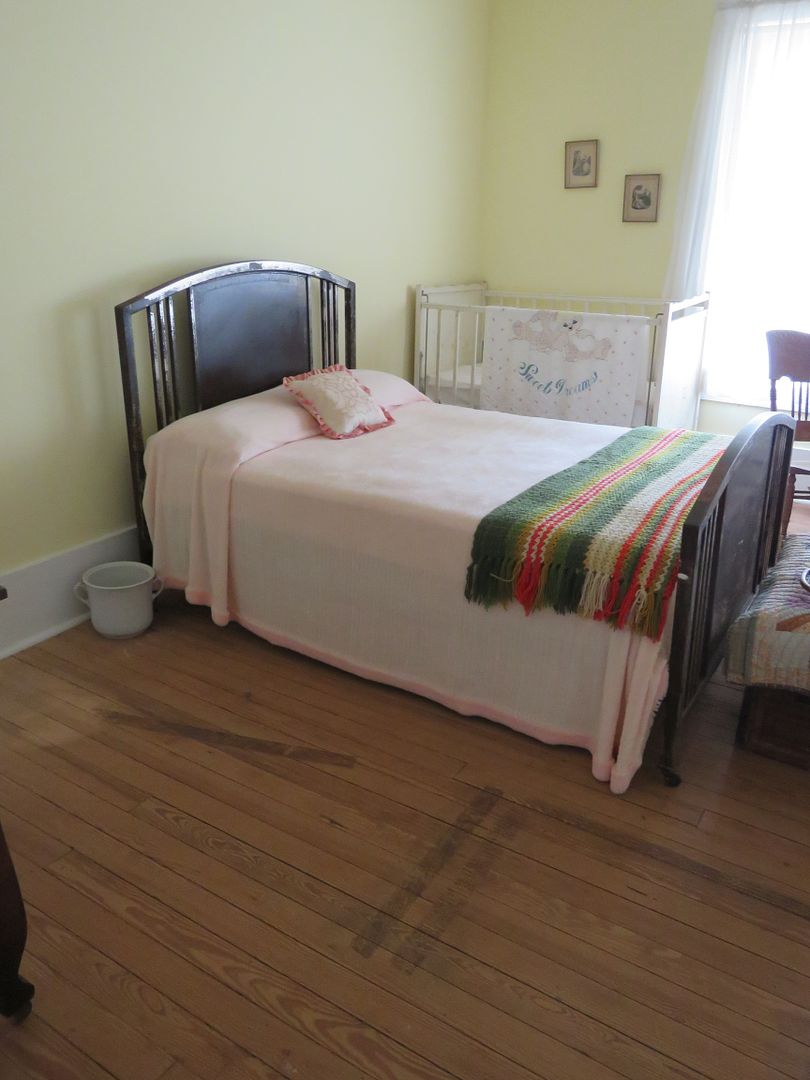
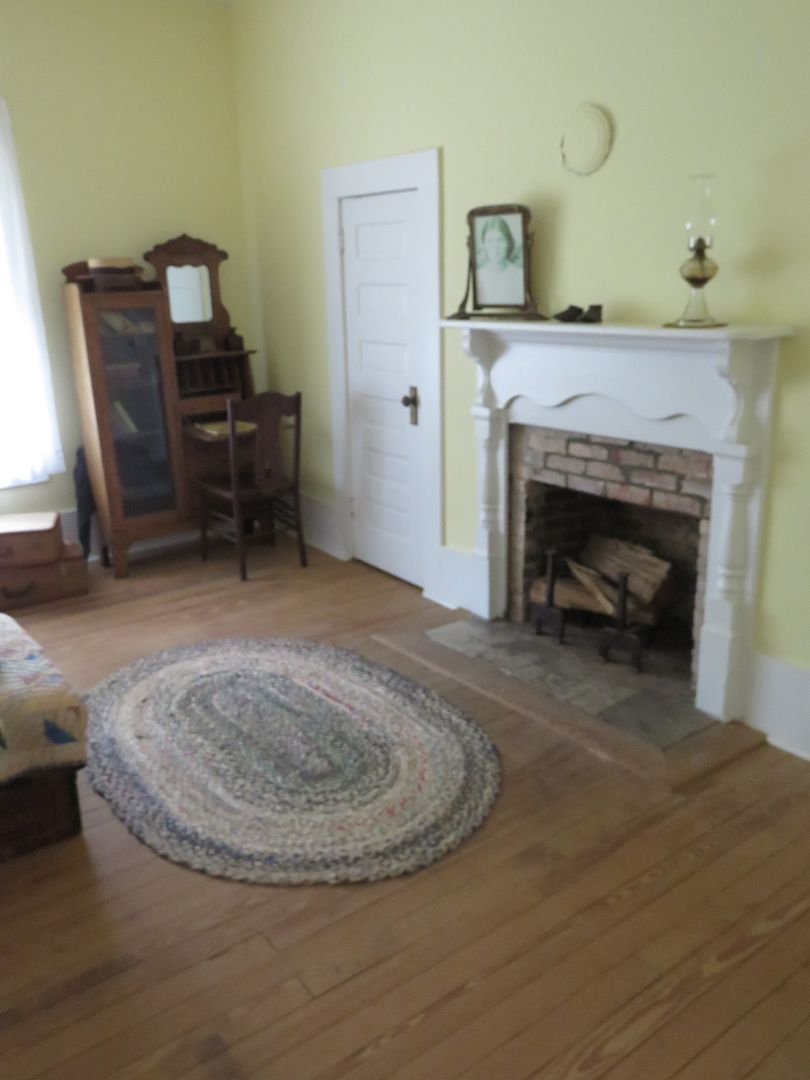
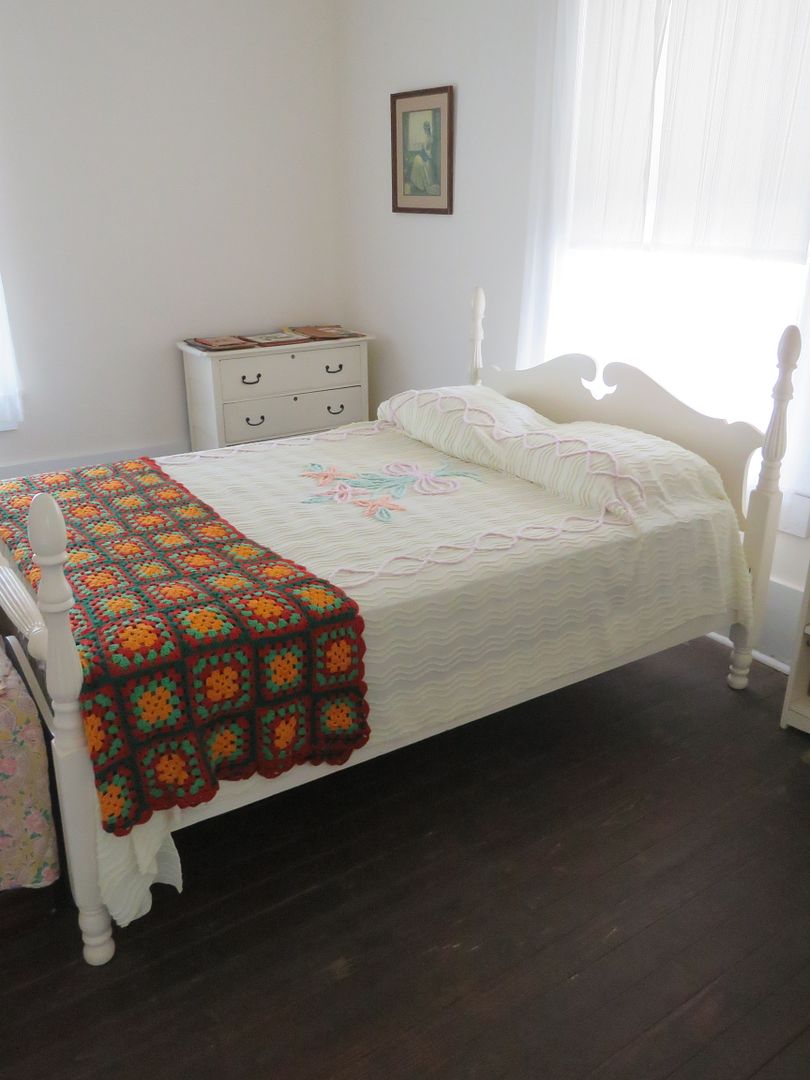
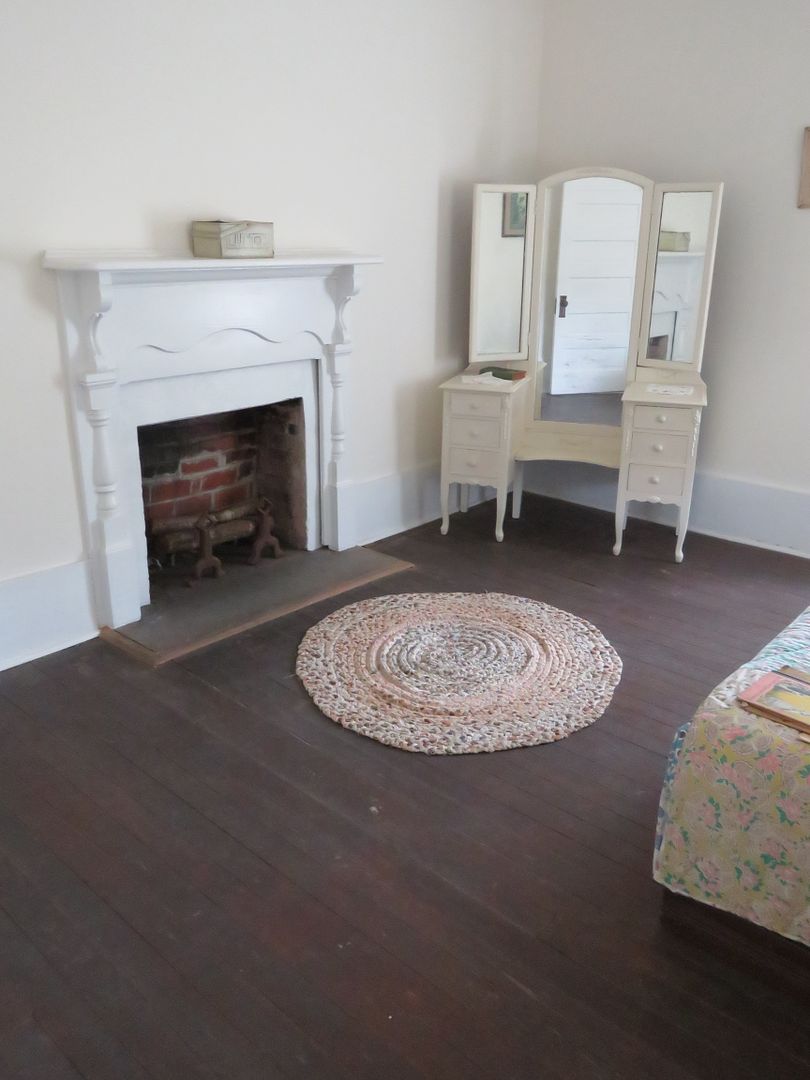
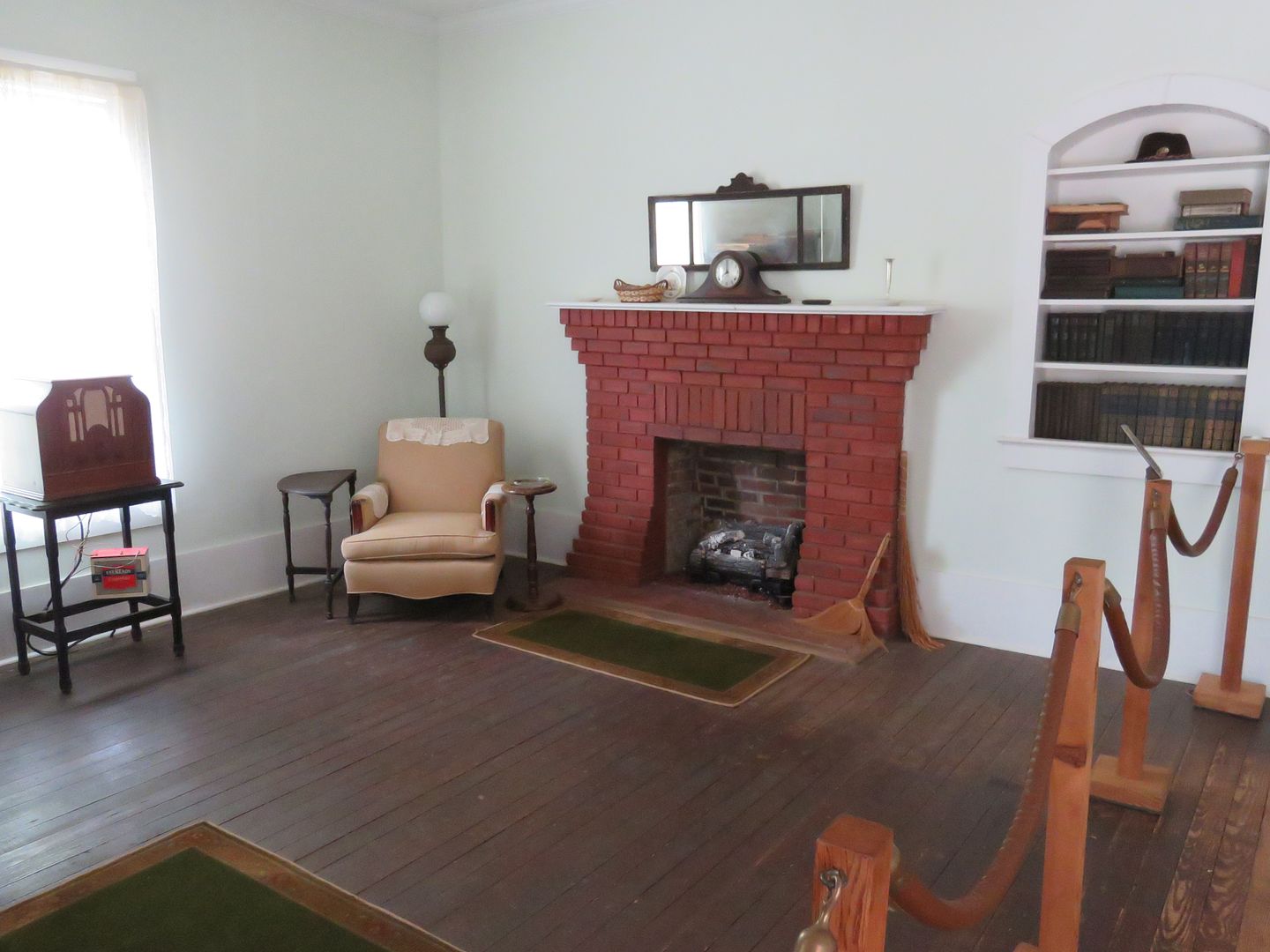

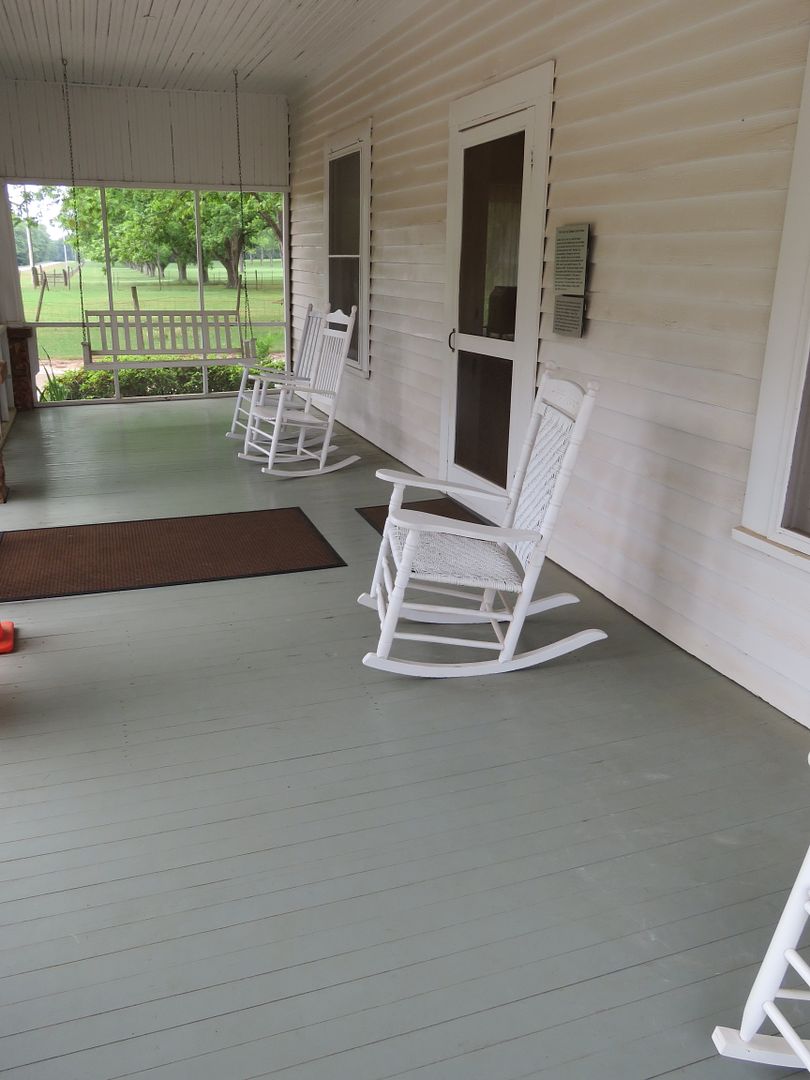
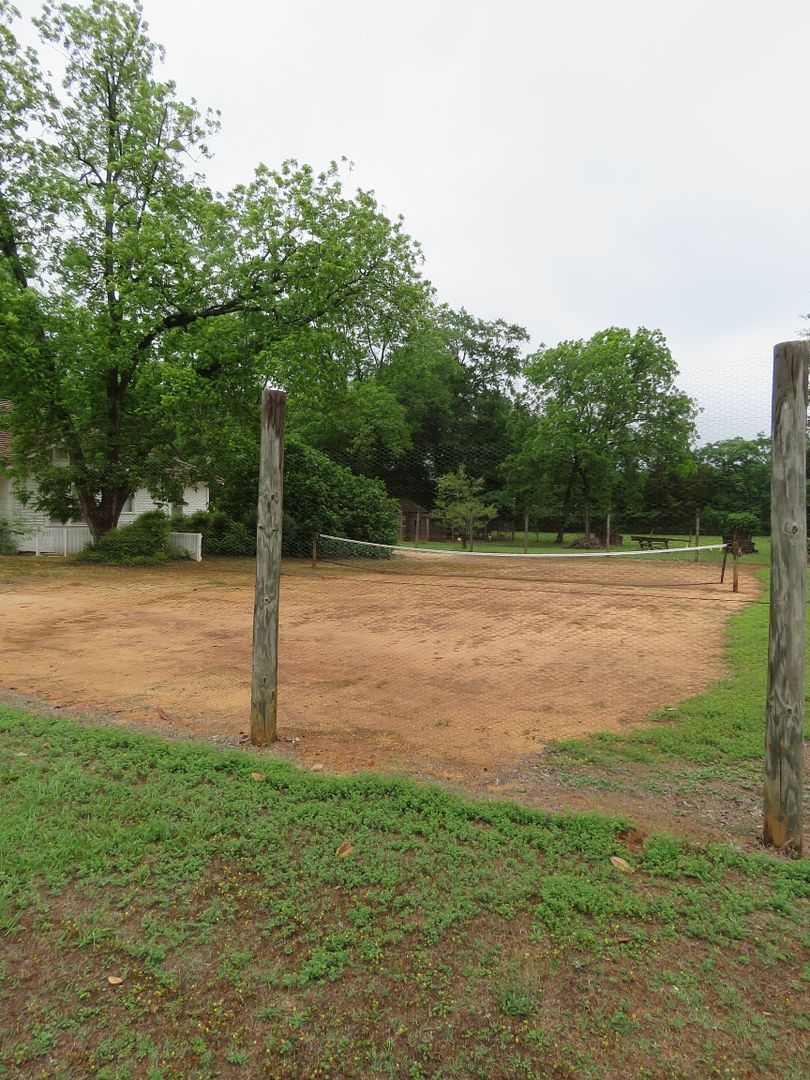
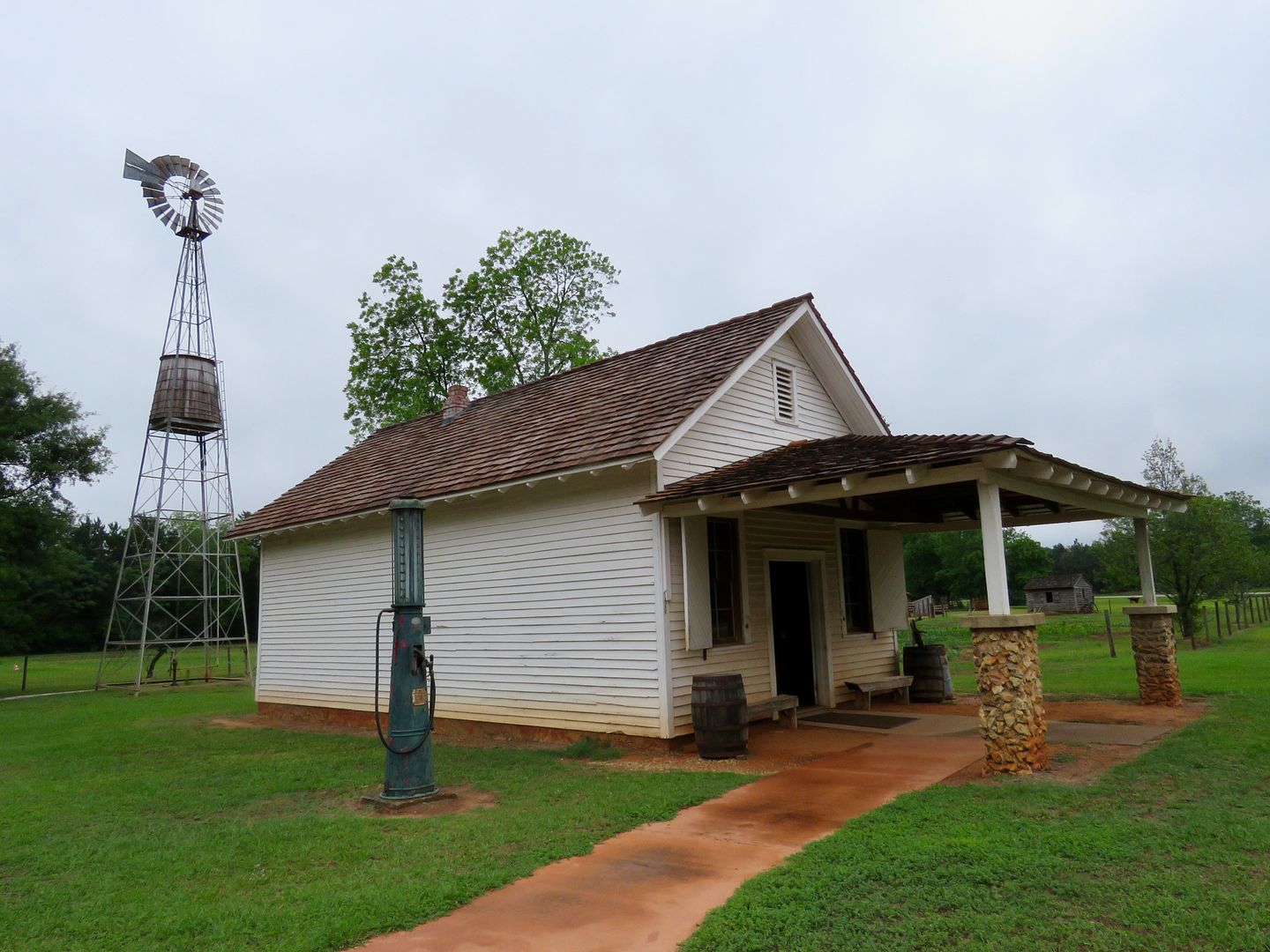
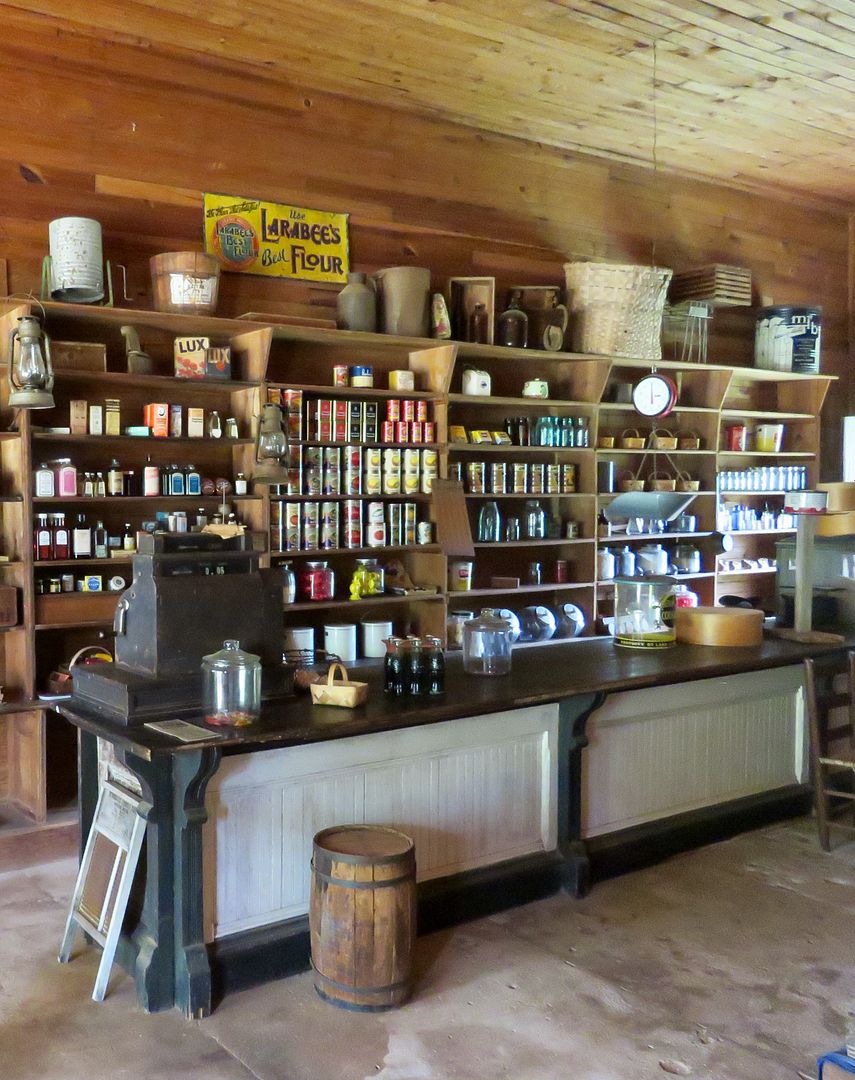

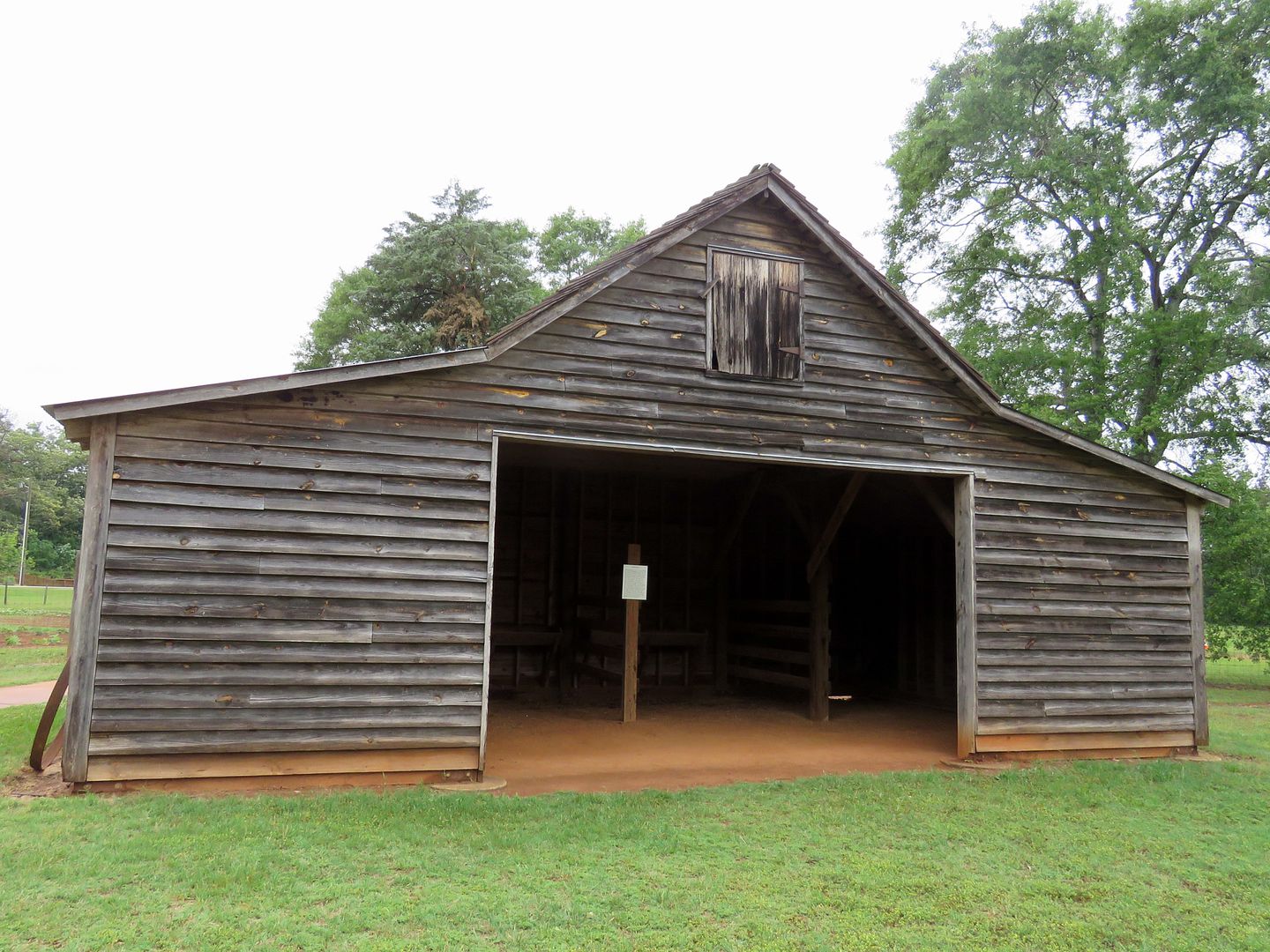
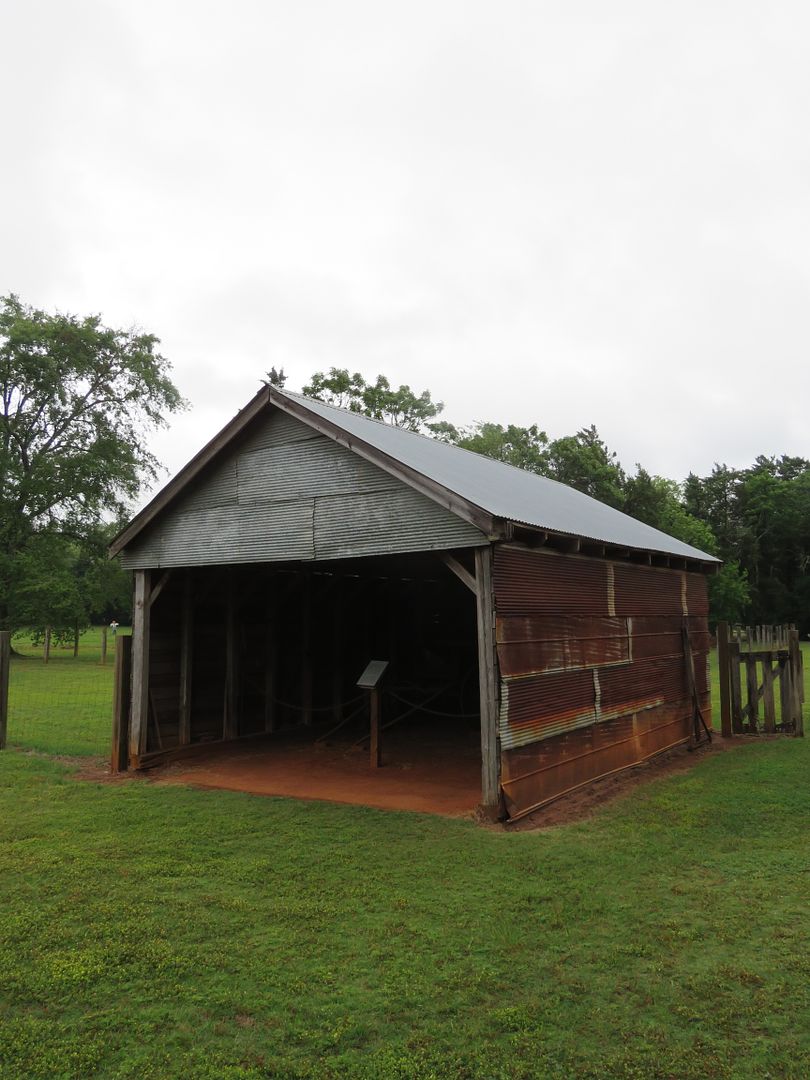
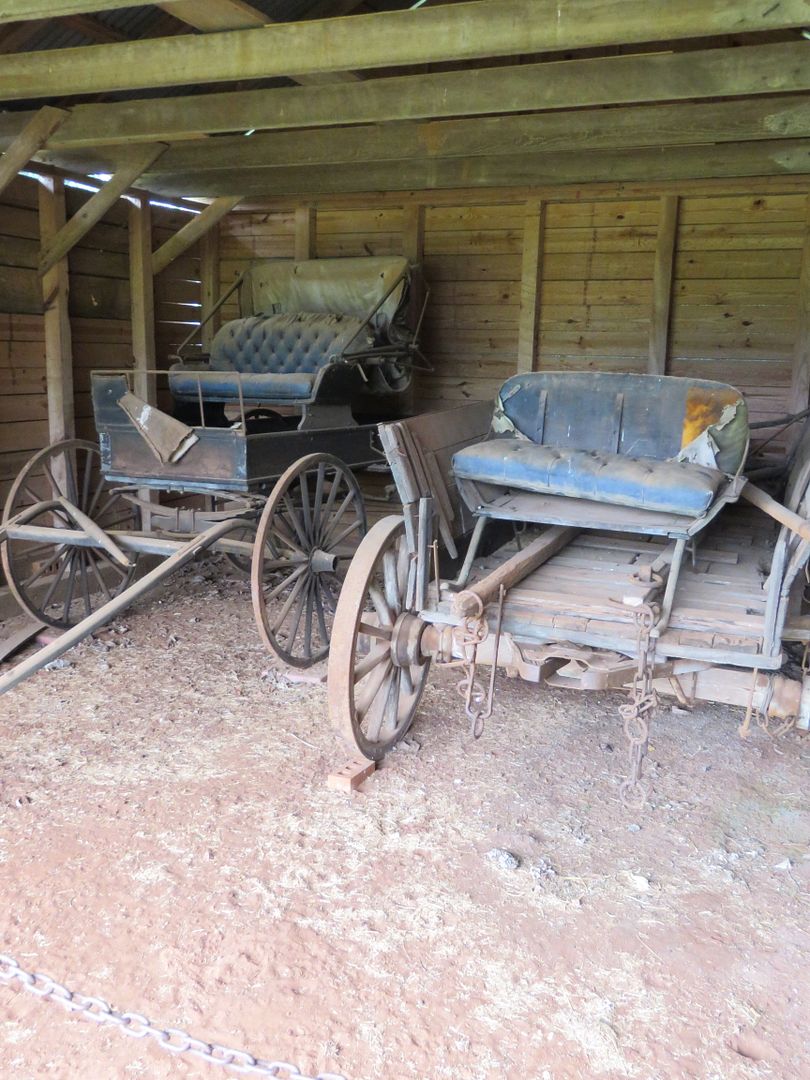
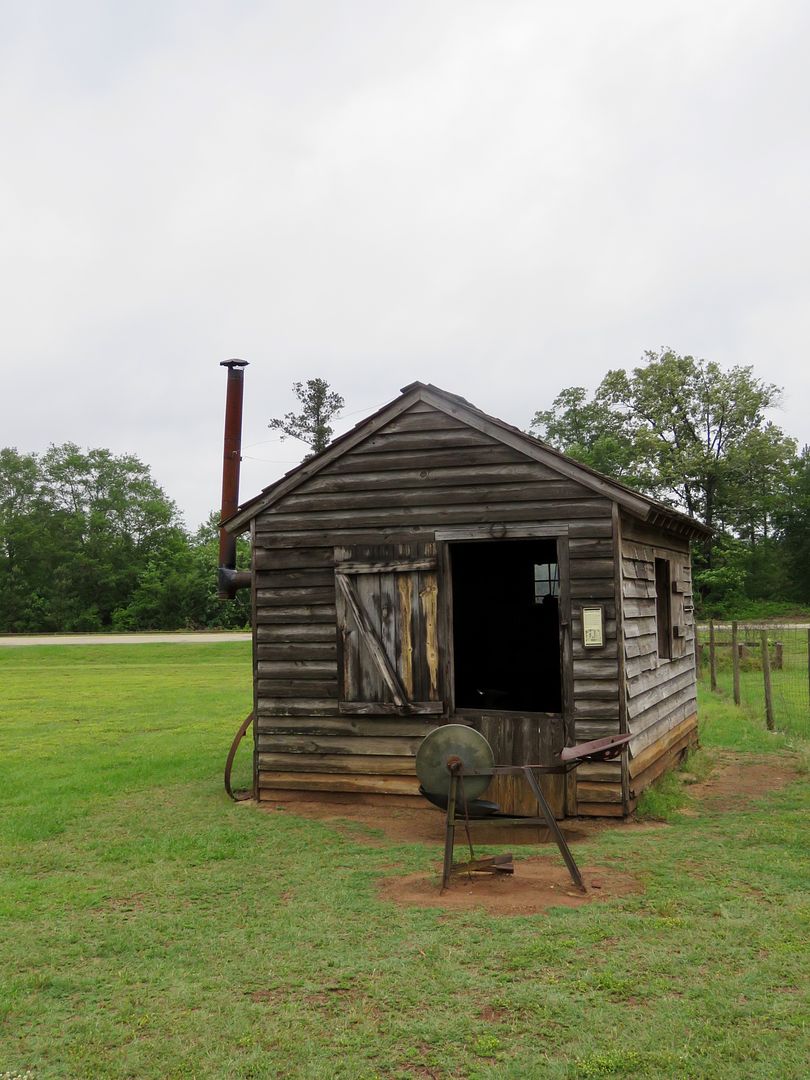
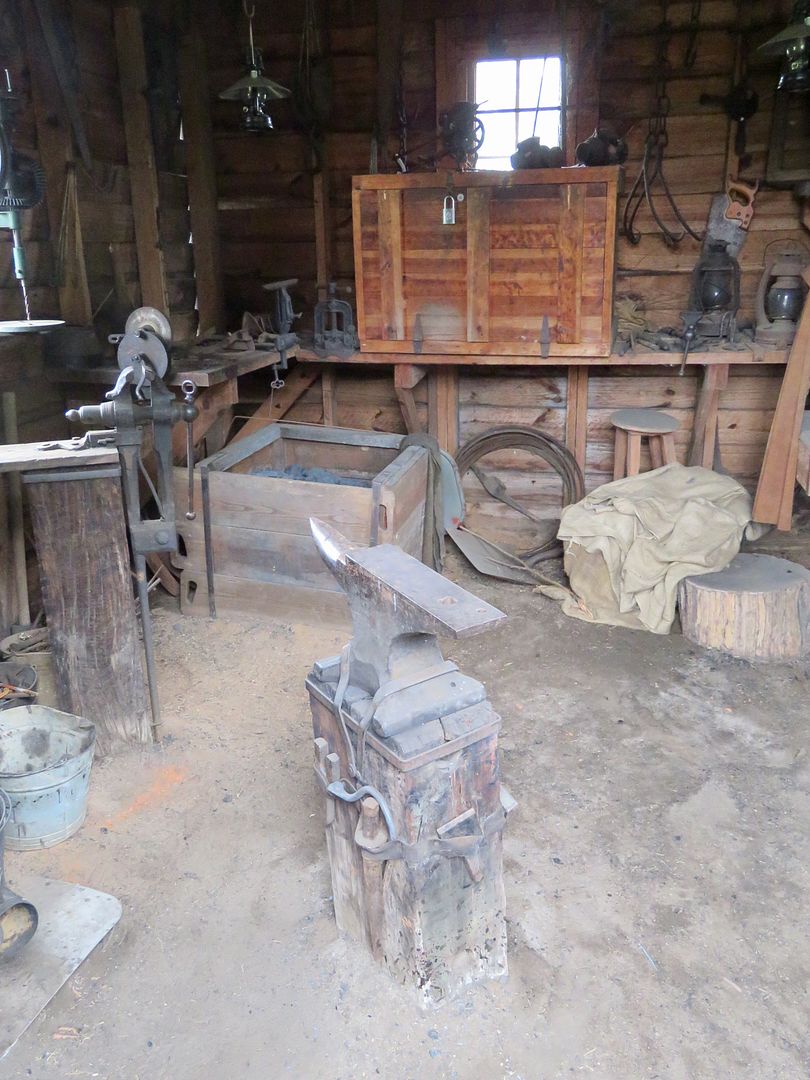
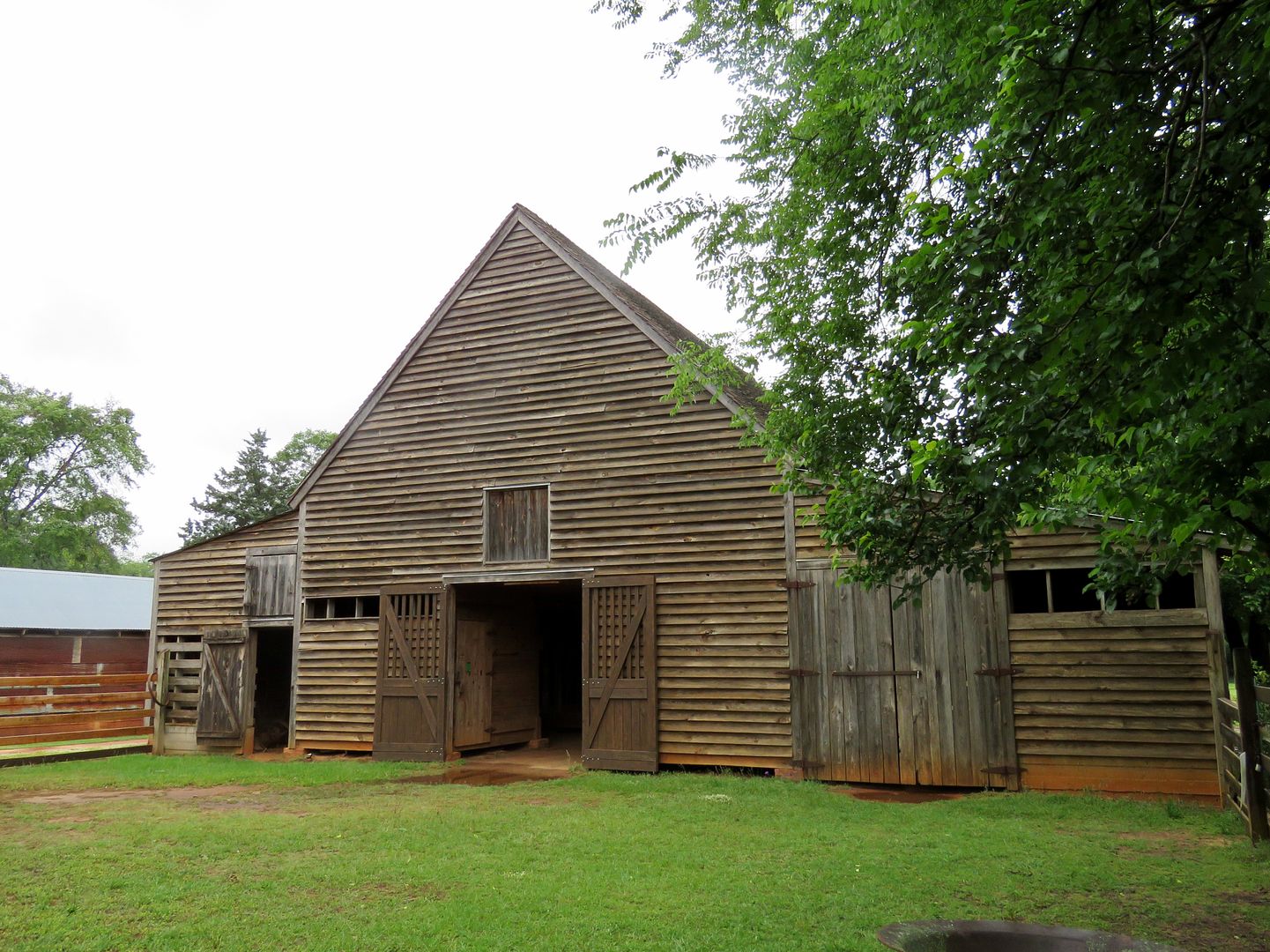
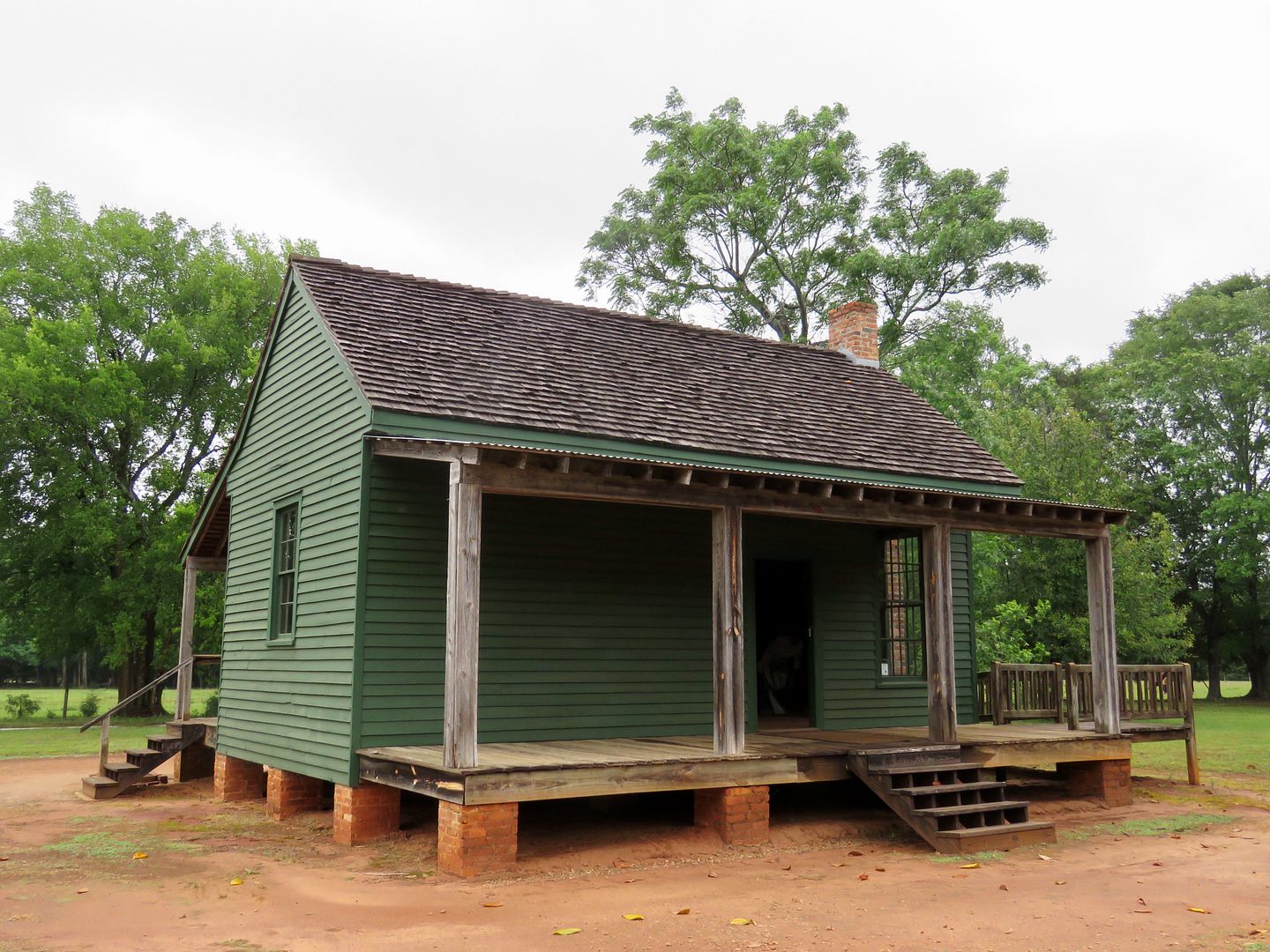


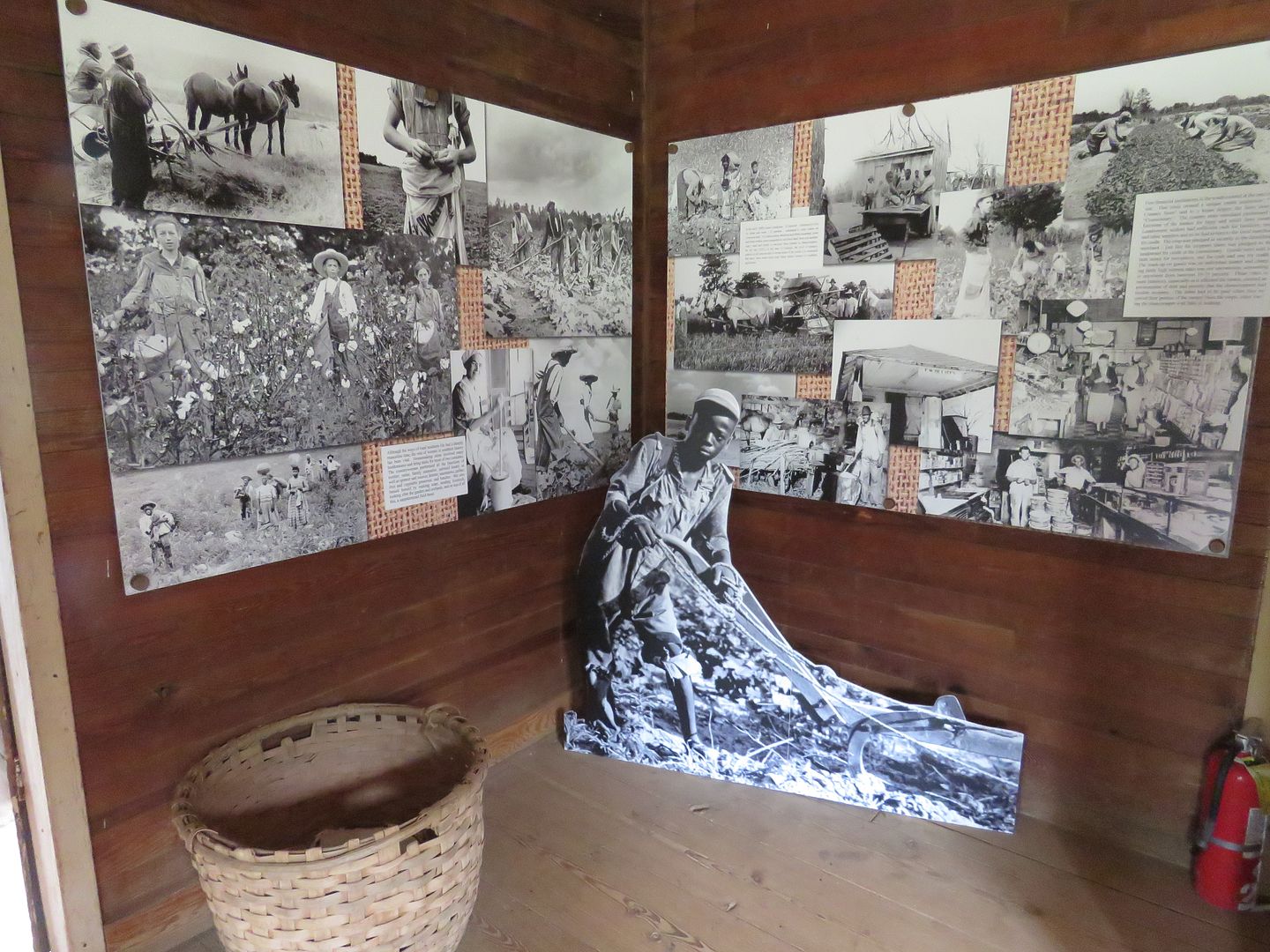
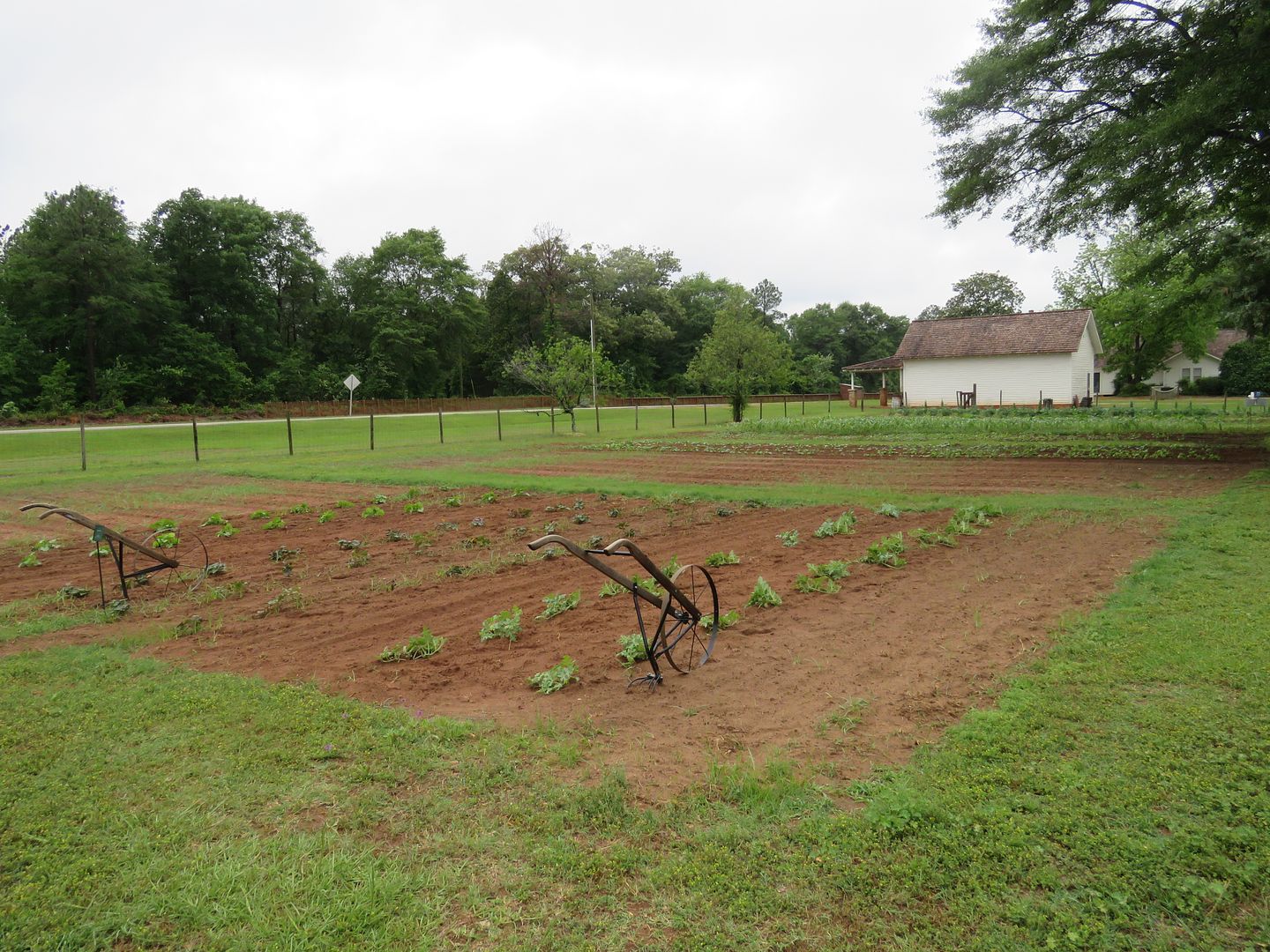


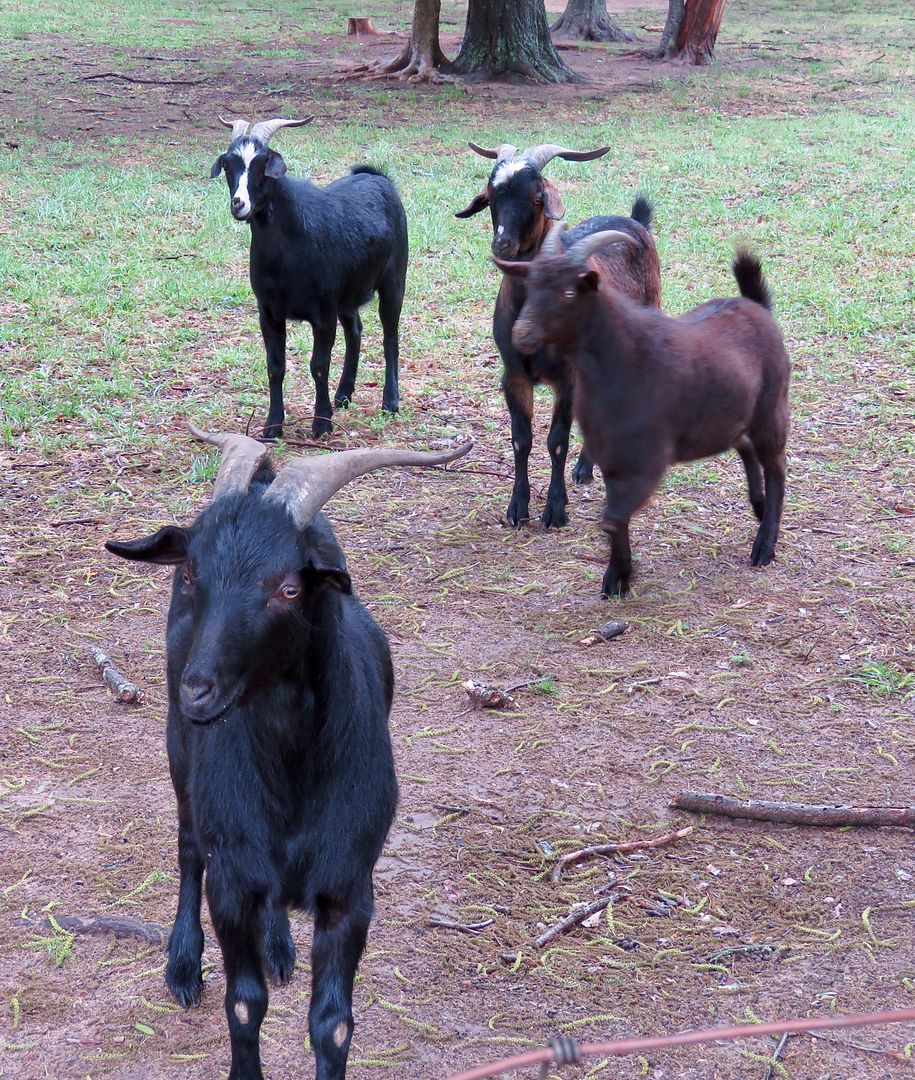

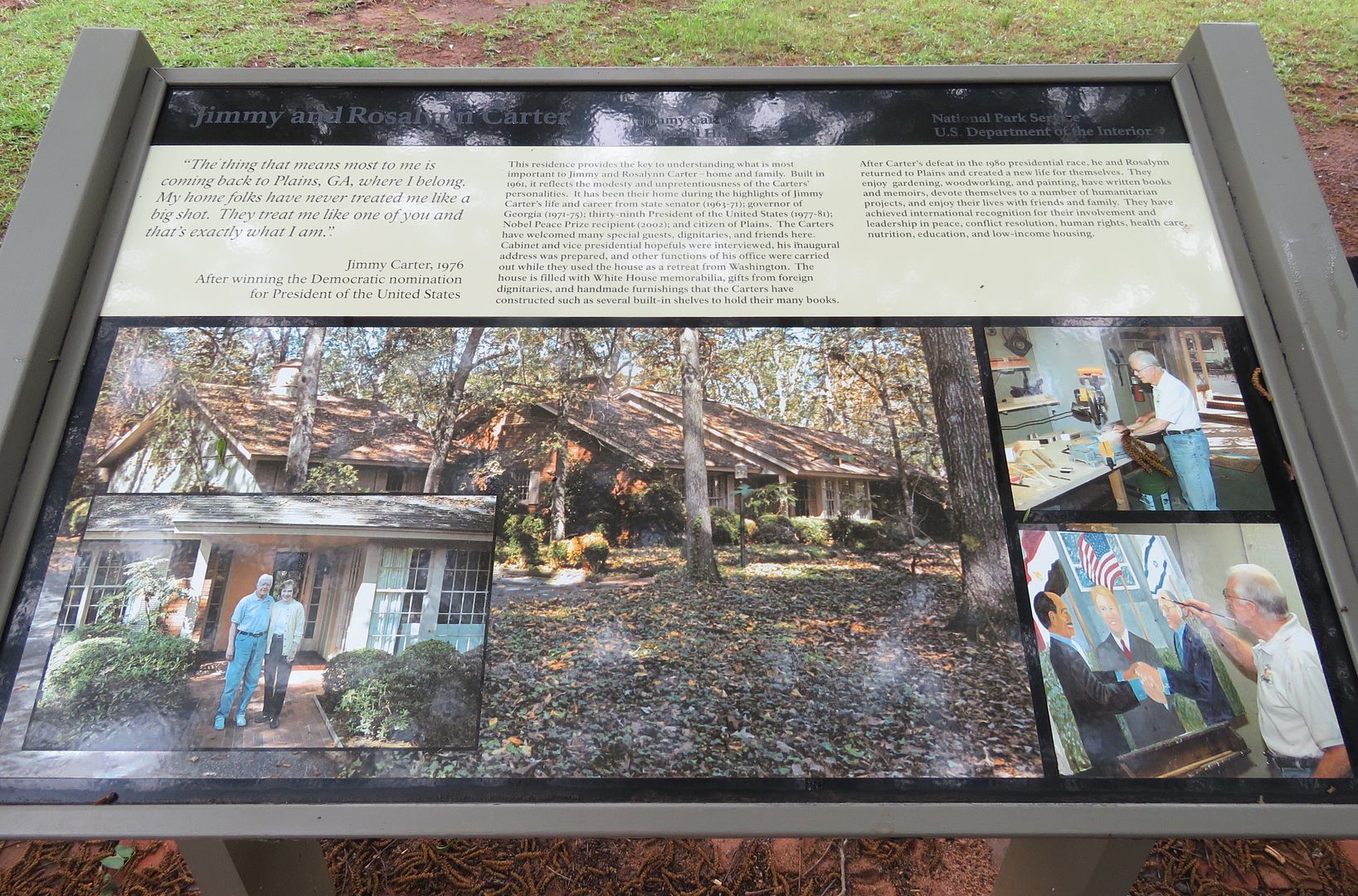
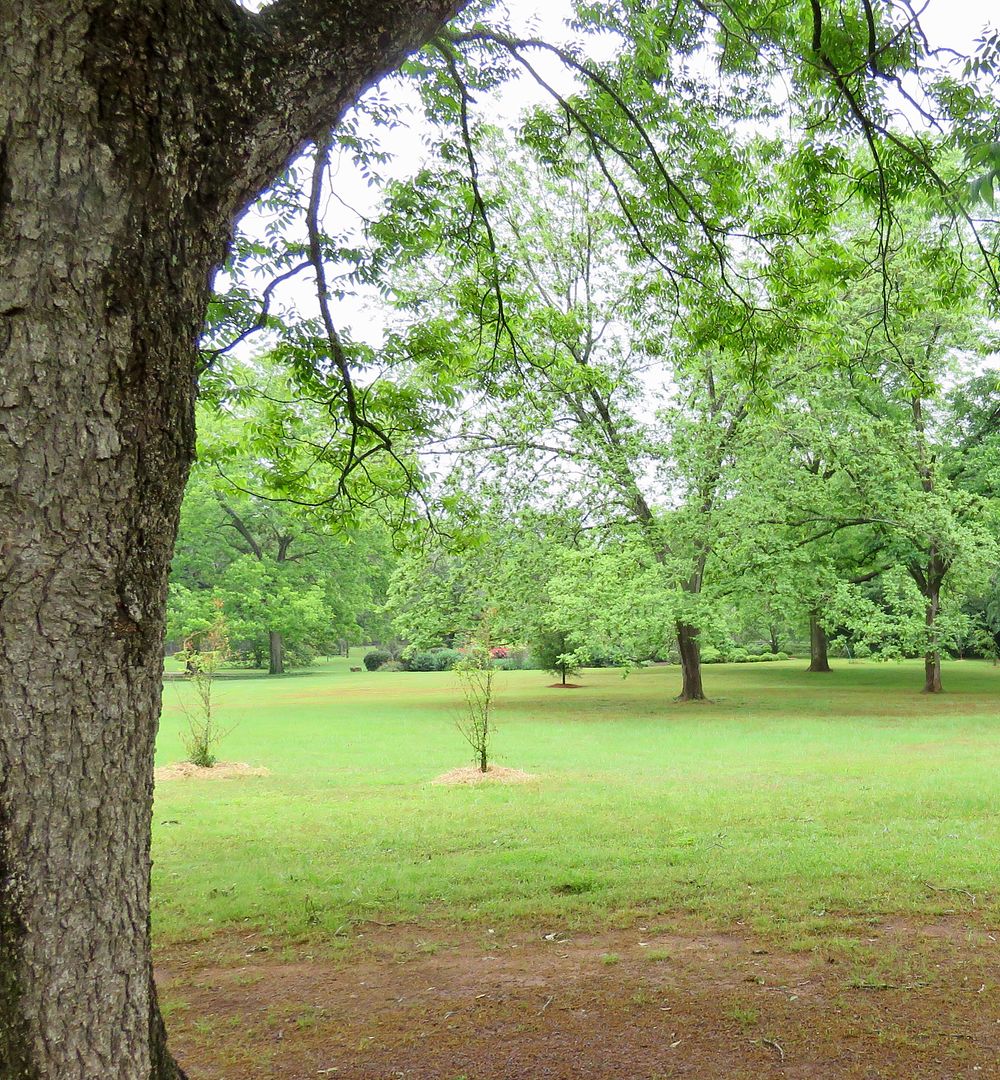
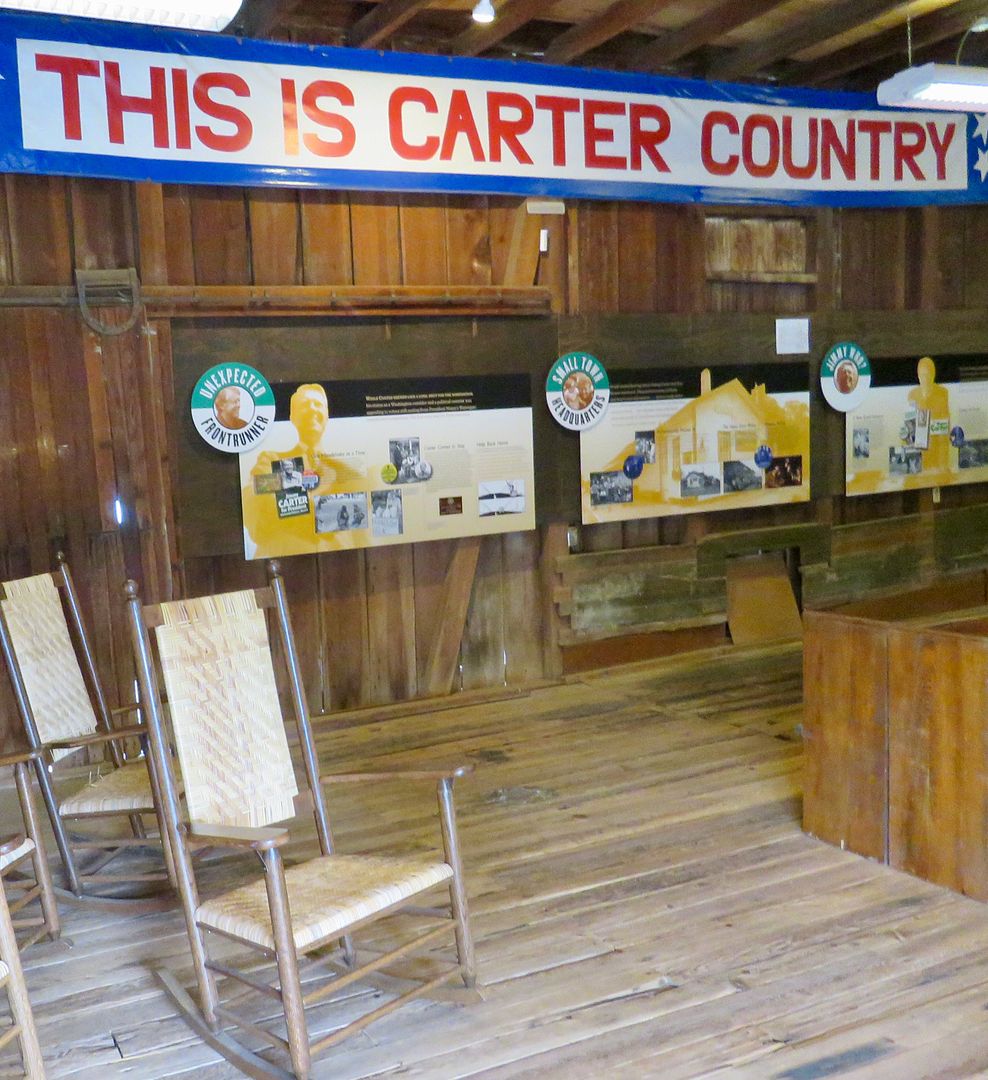
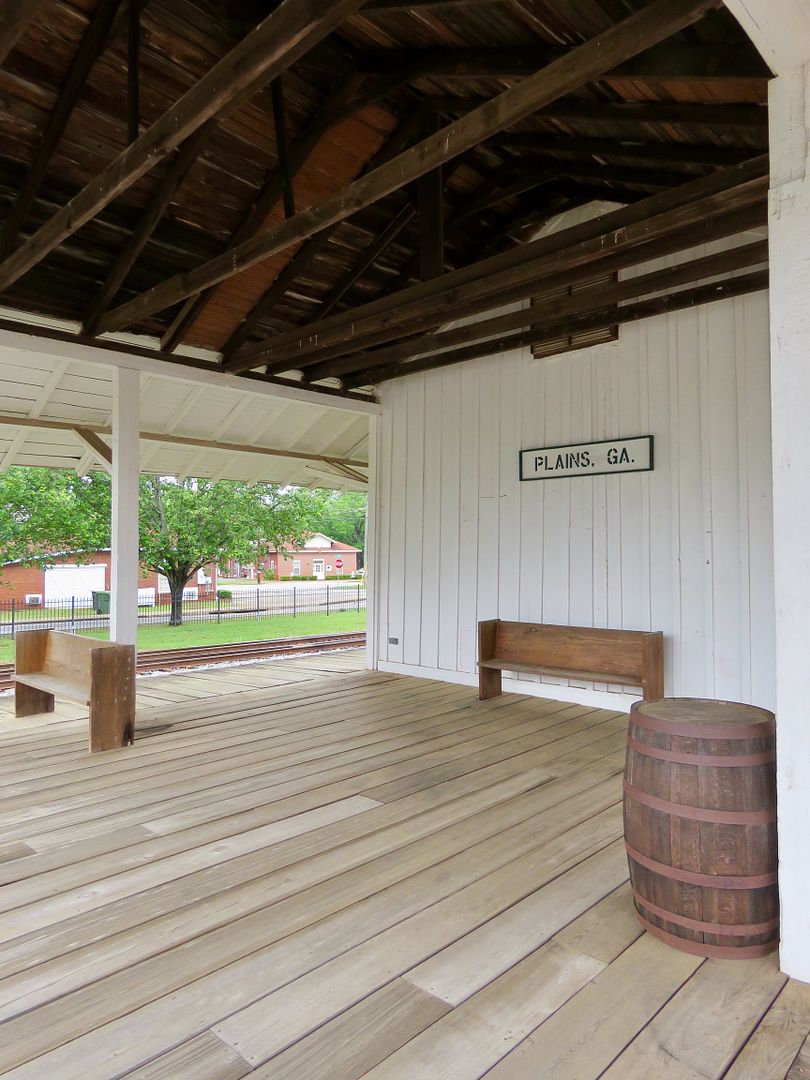
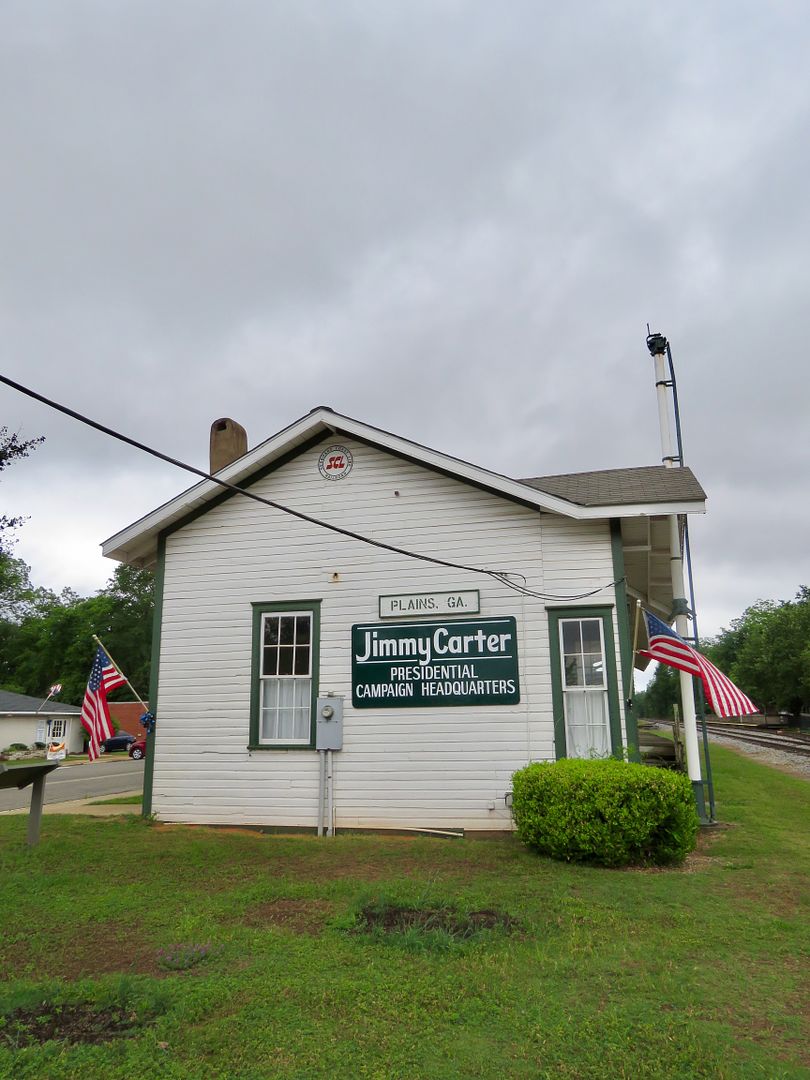
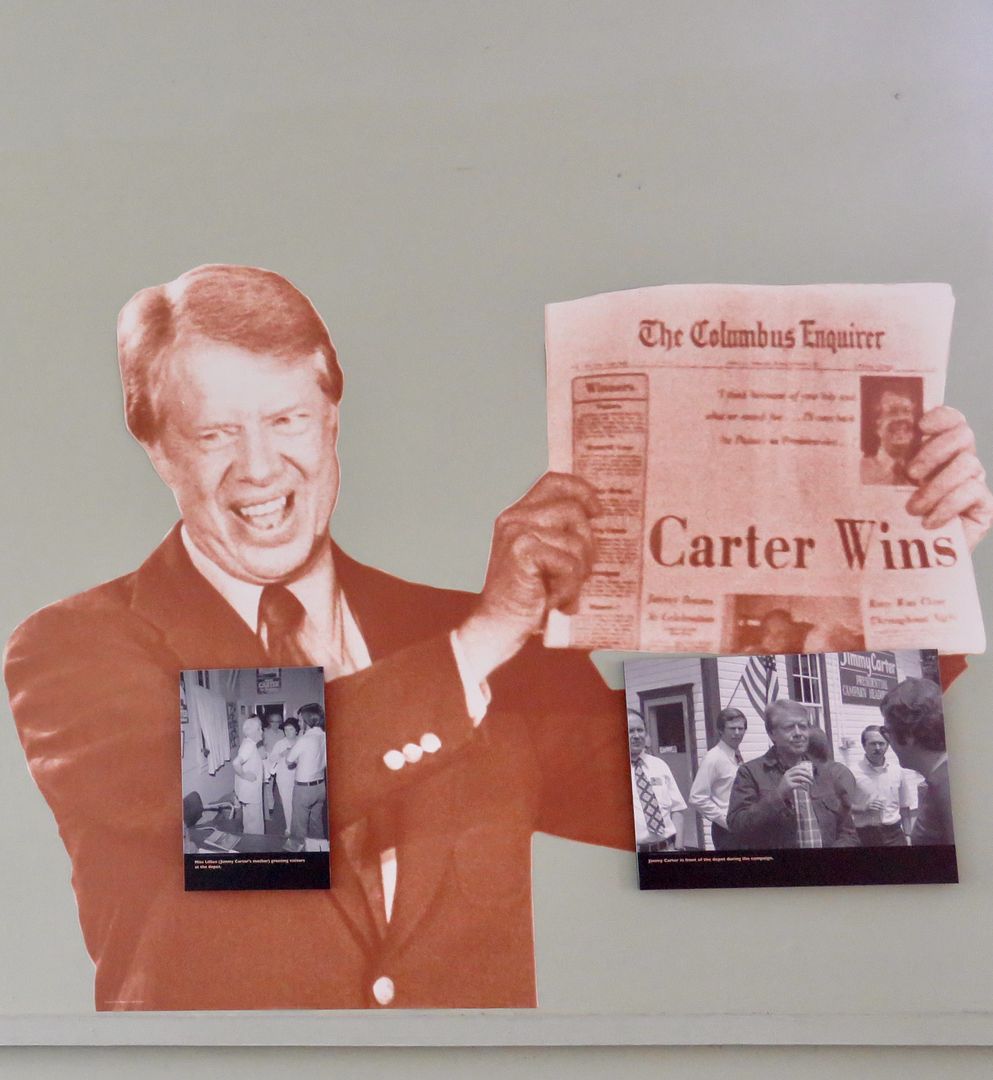
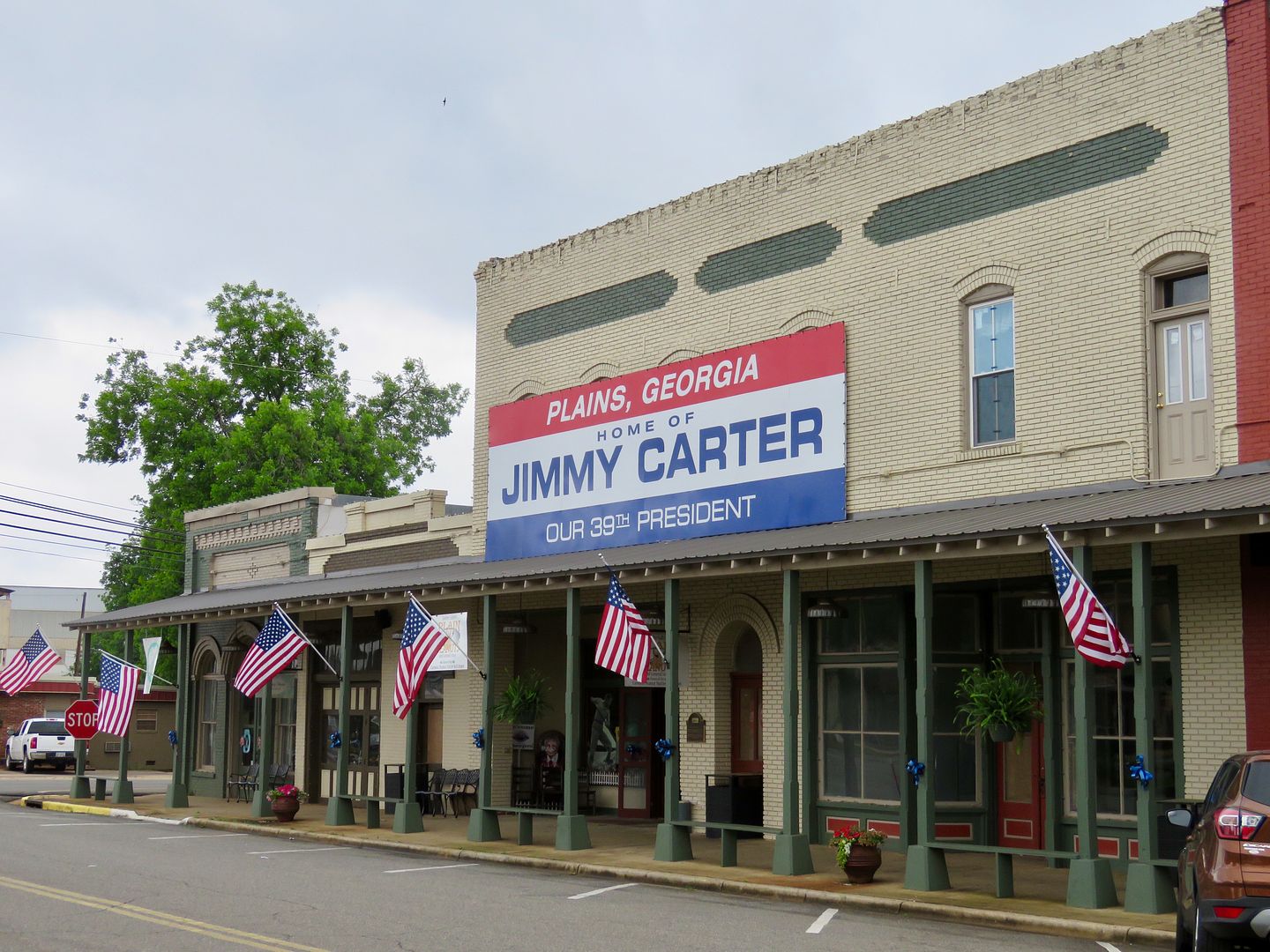
Don't miss the Carter Center in Atlanta. We went to church and met the president when we were in Plains.
ReplyDeleteYes, we did visit the Carter Center in Atlanta. That's pretty awesome that you got to meet him. We were not in the area on a Sunday or we would have gone back. I very much respect him and we really enjoyed visiting the NHS in Plains.
ReplyDelete